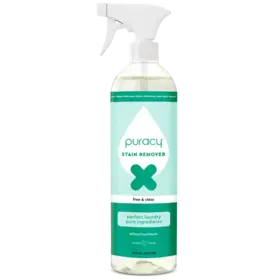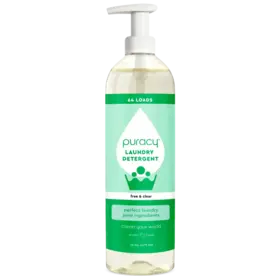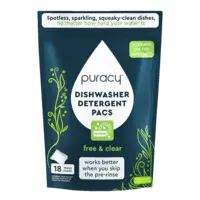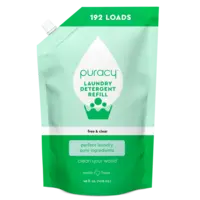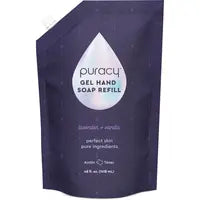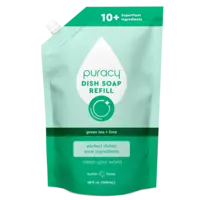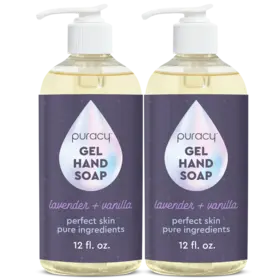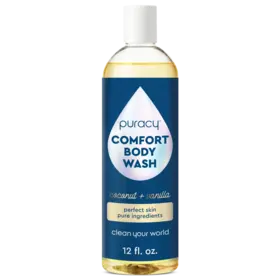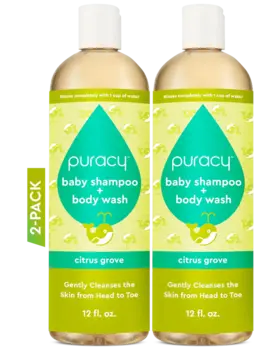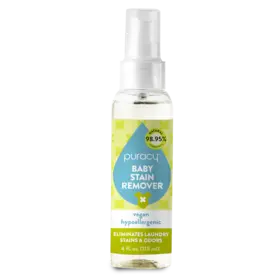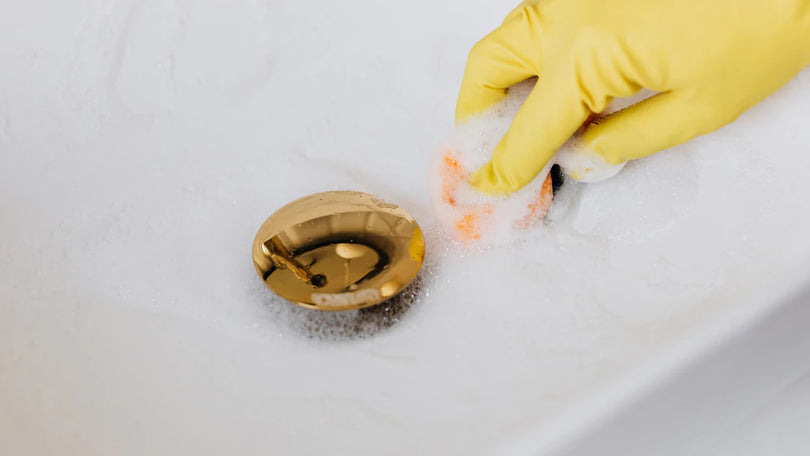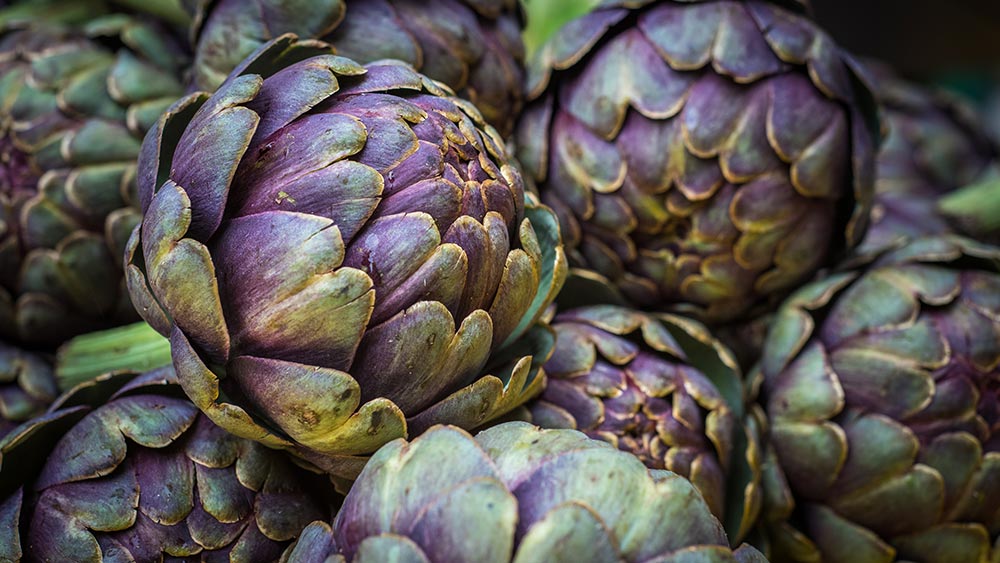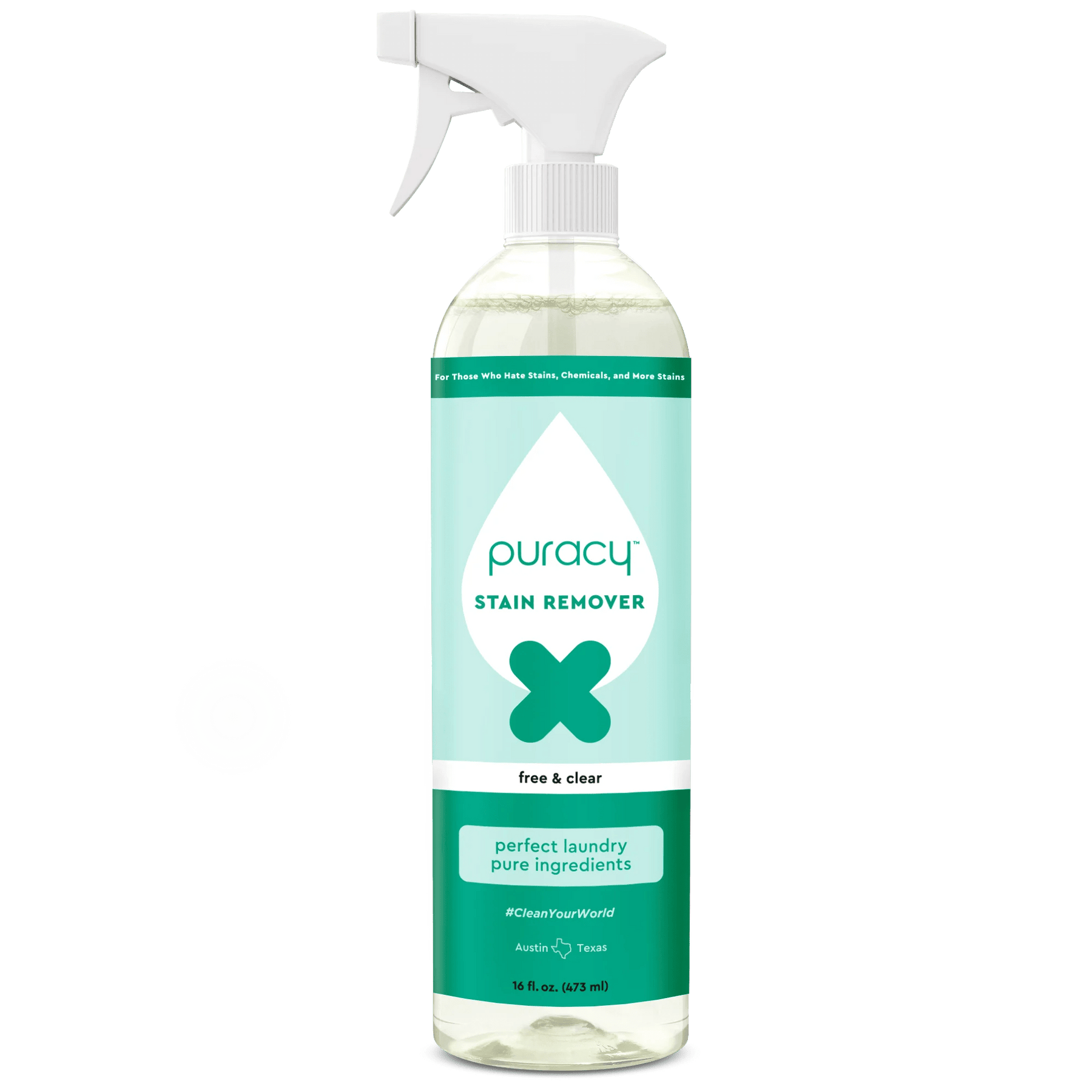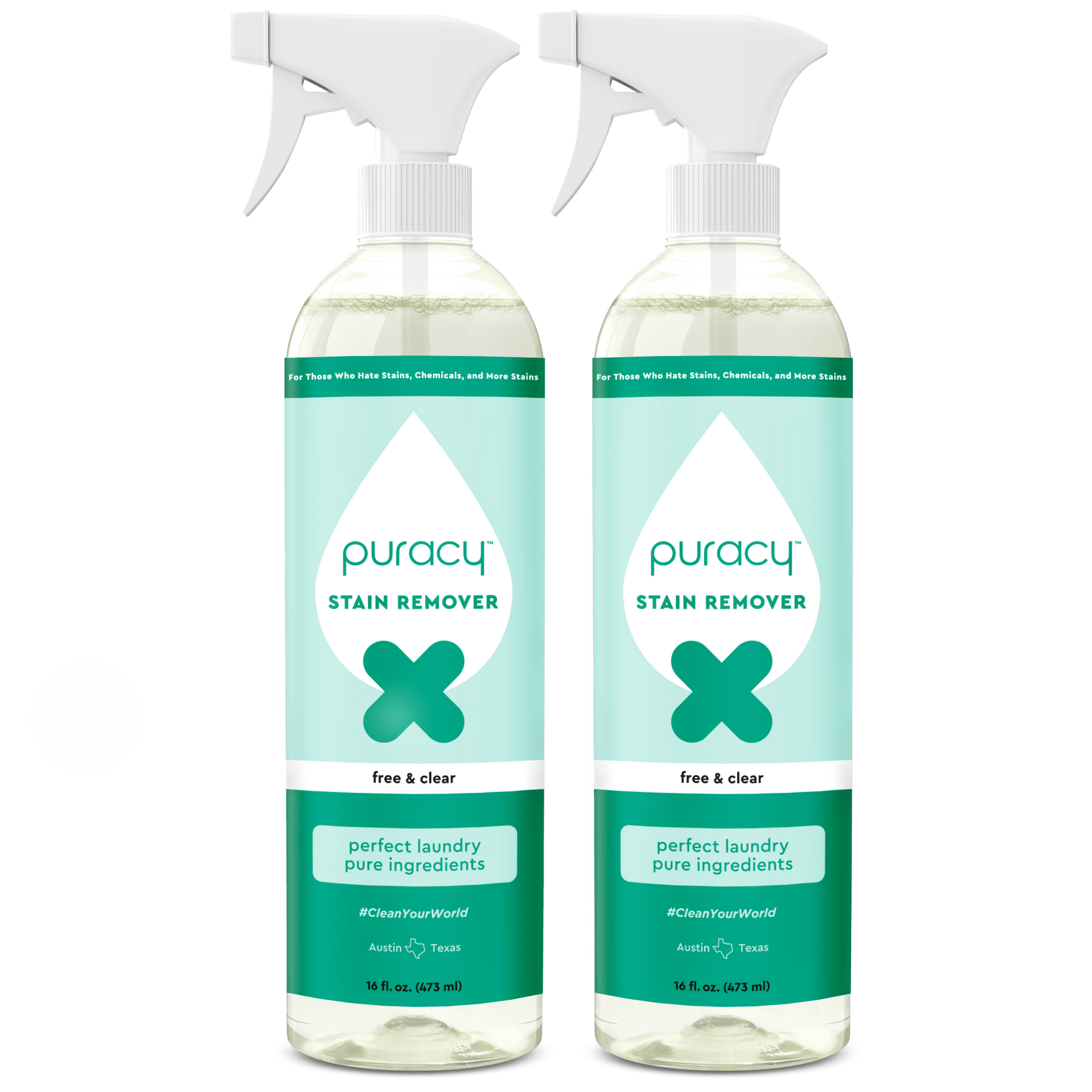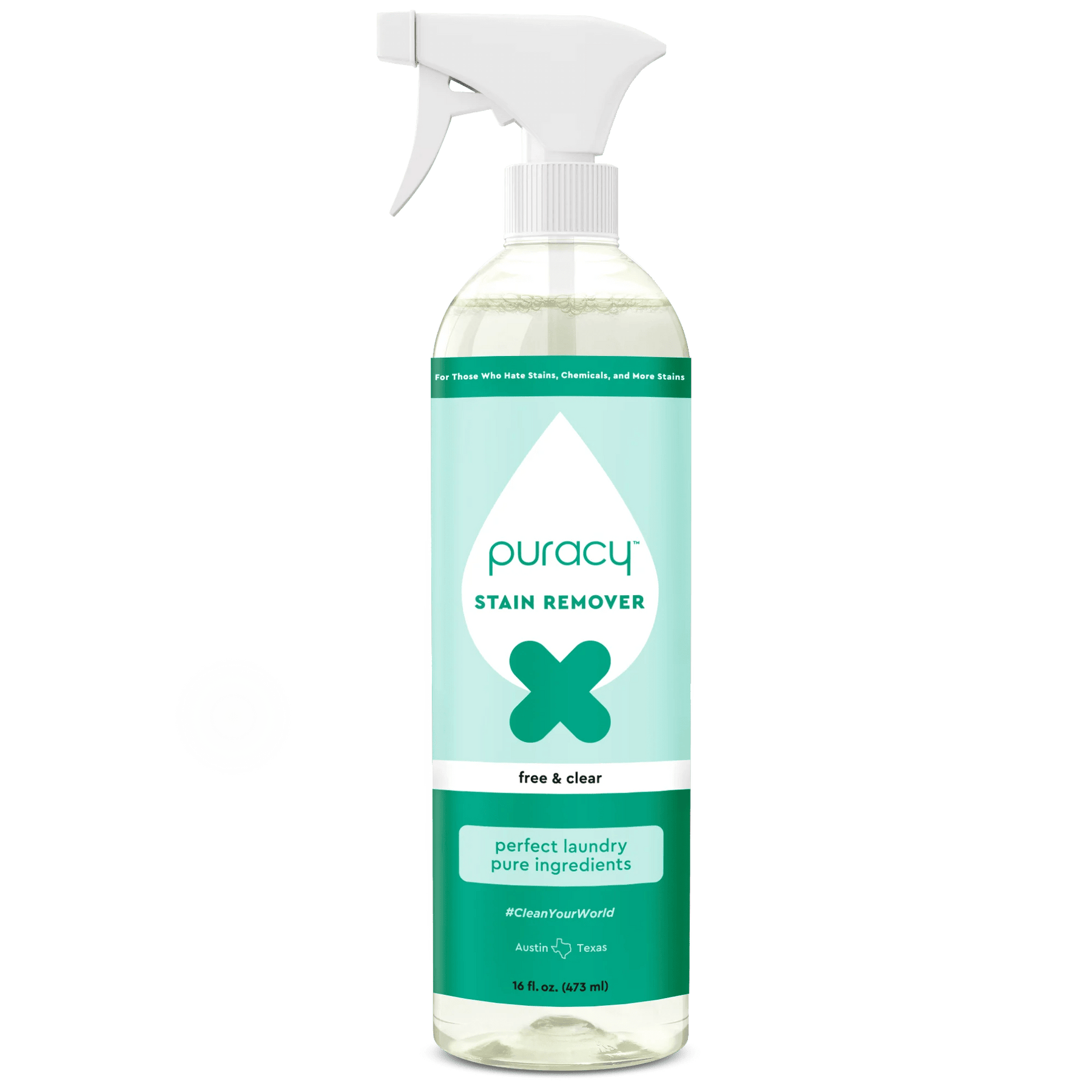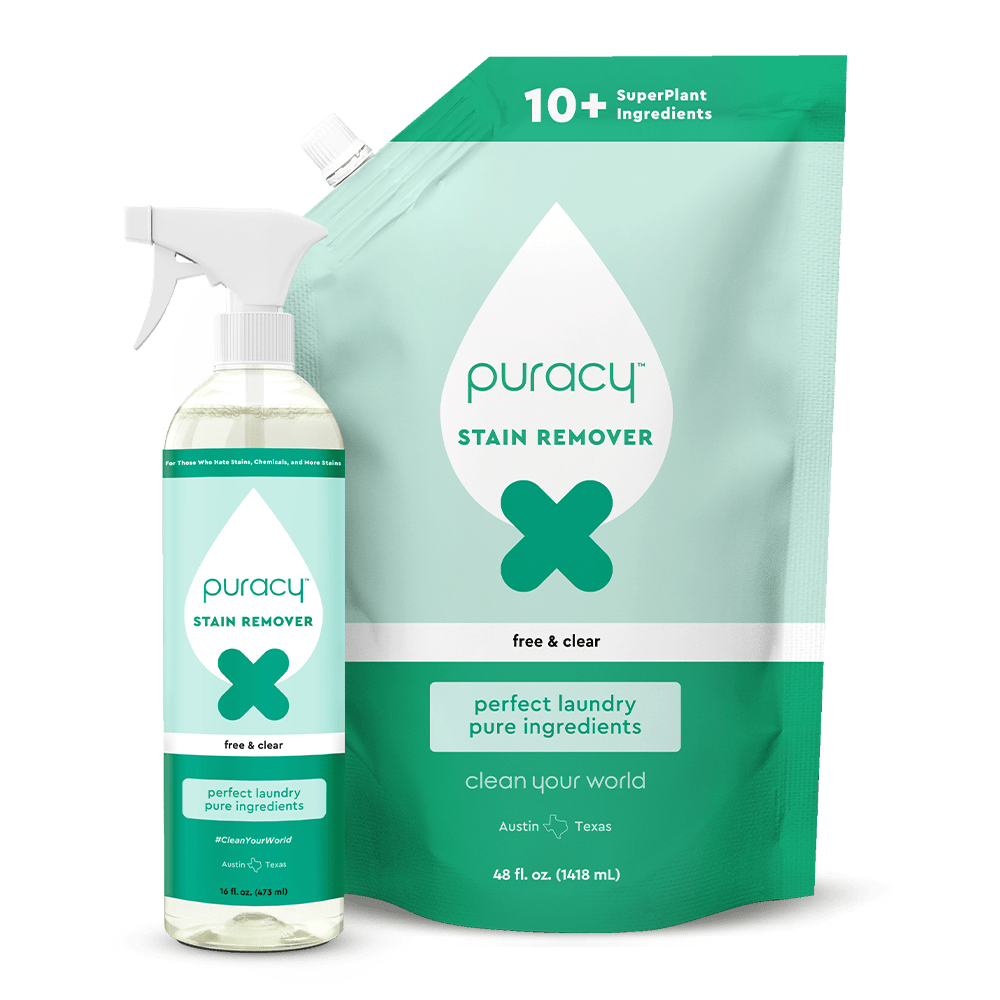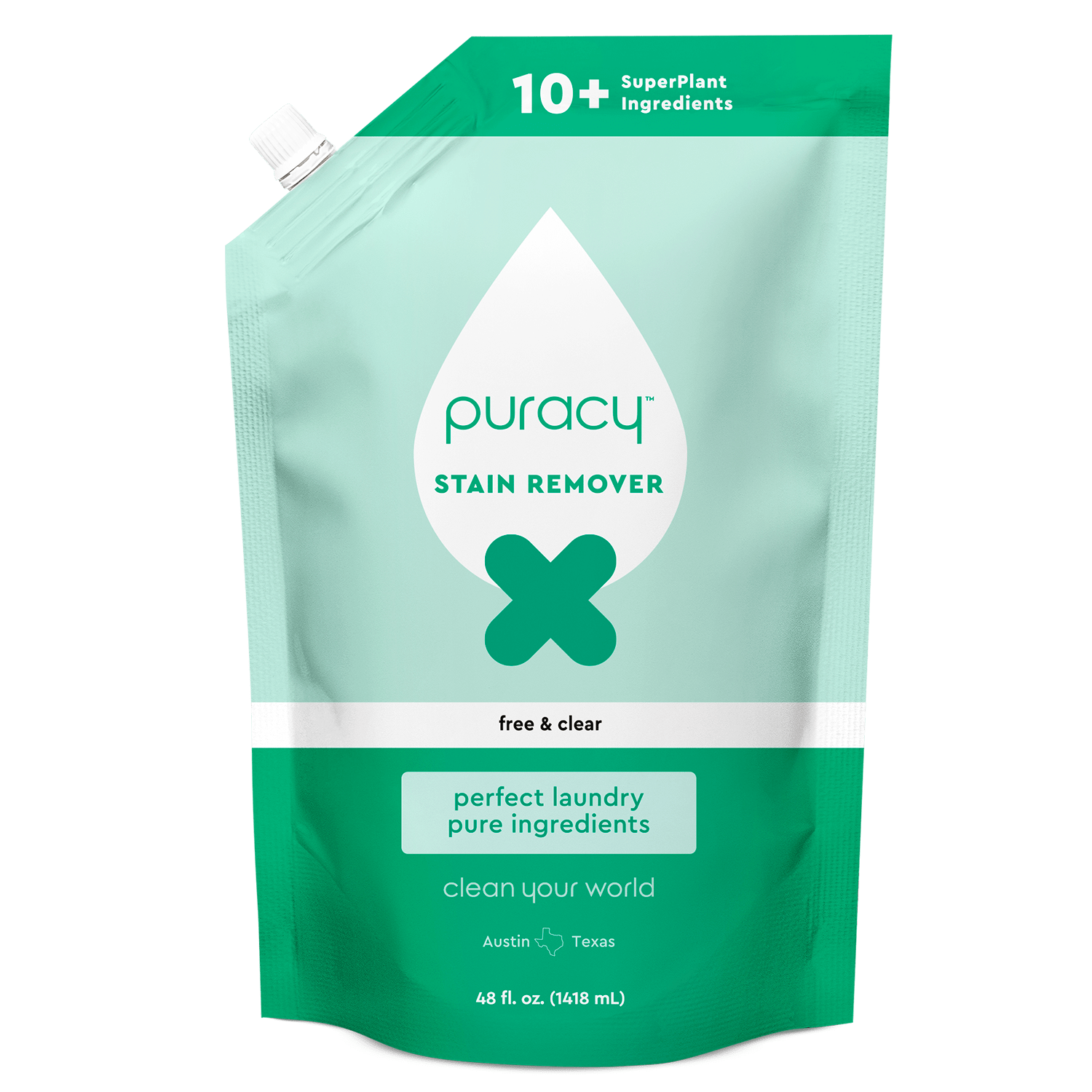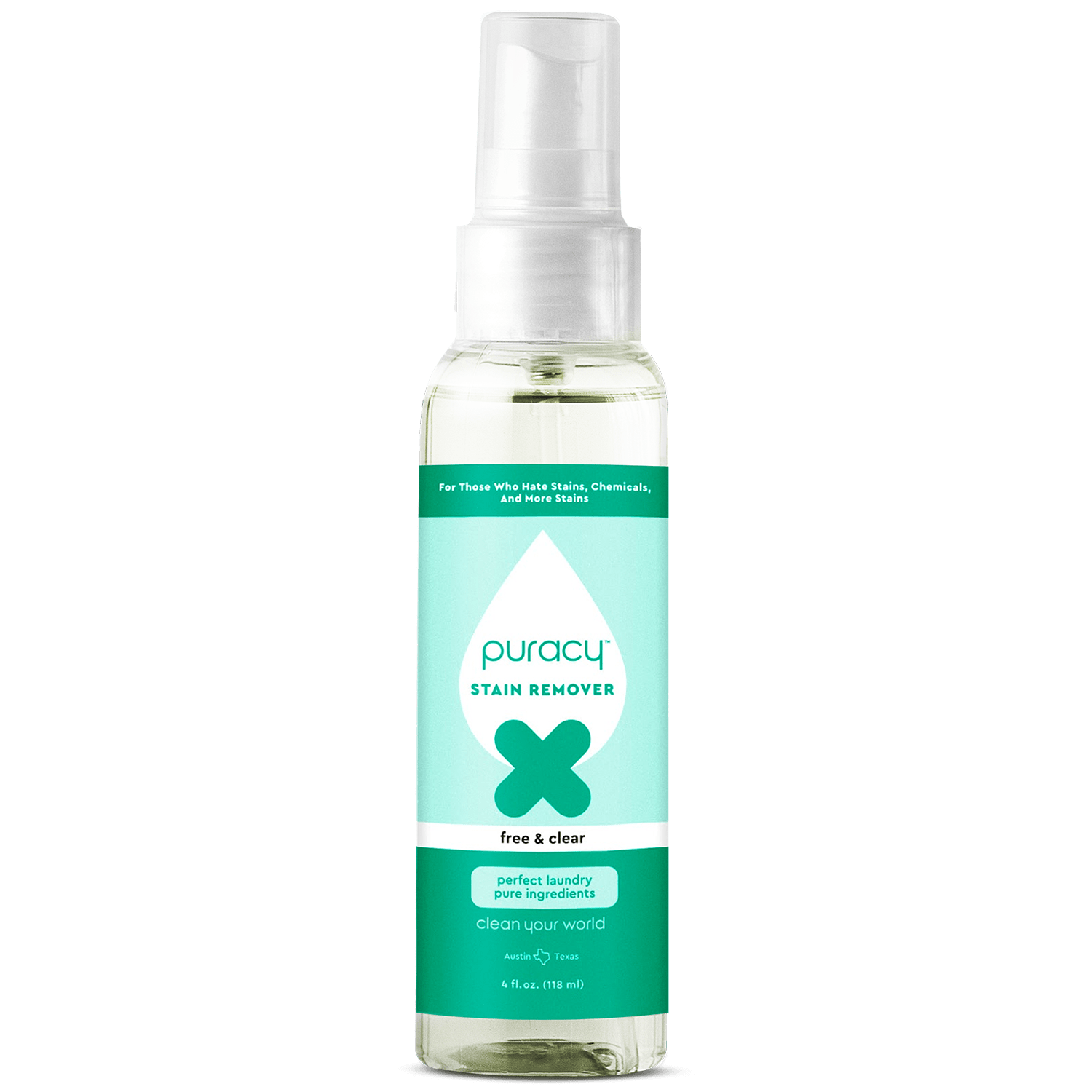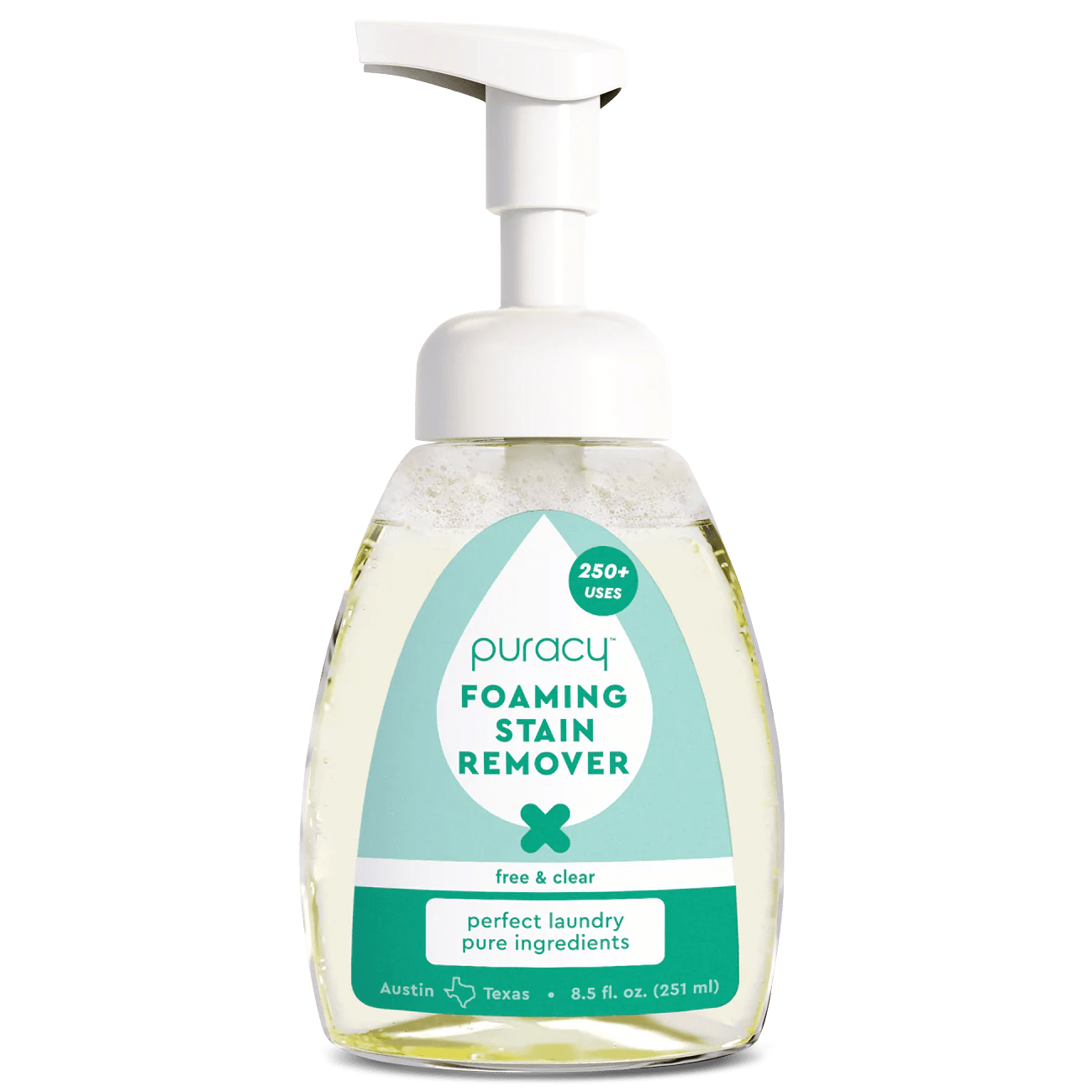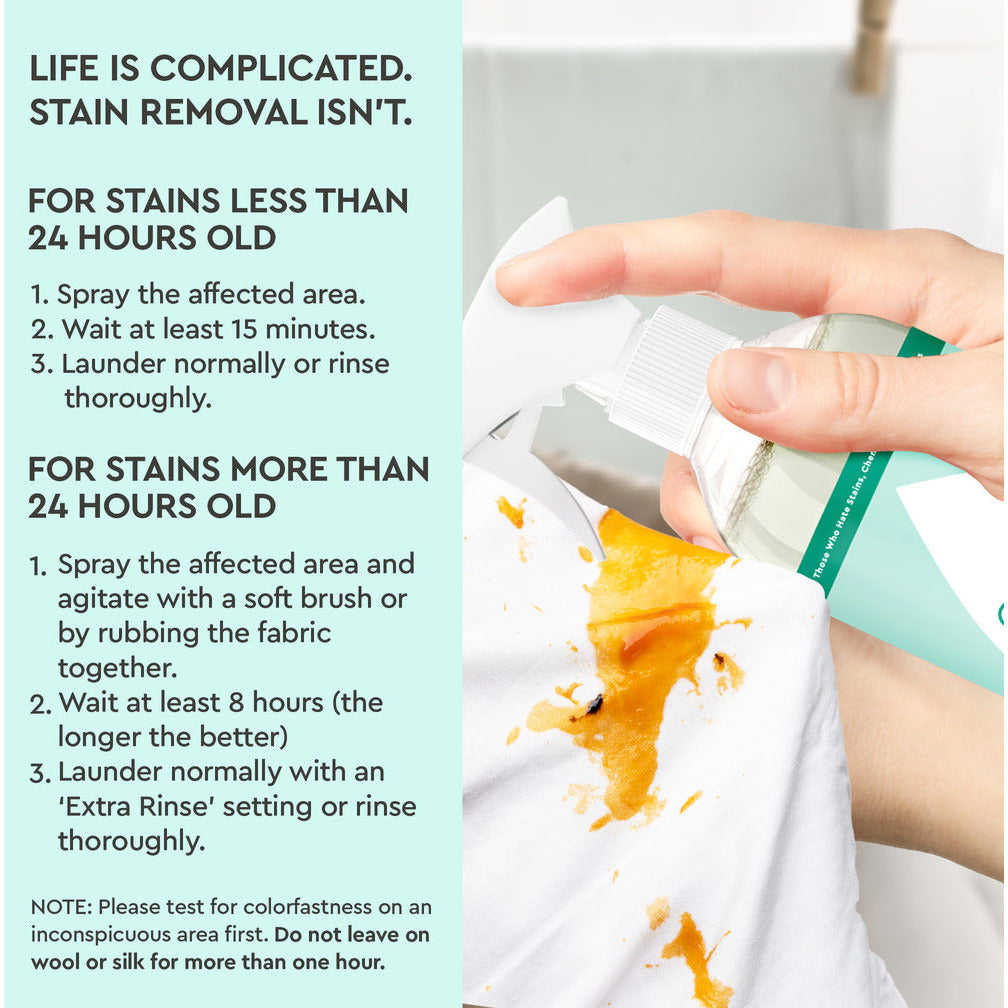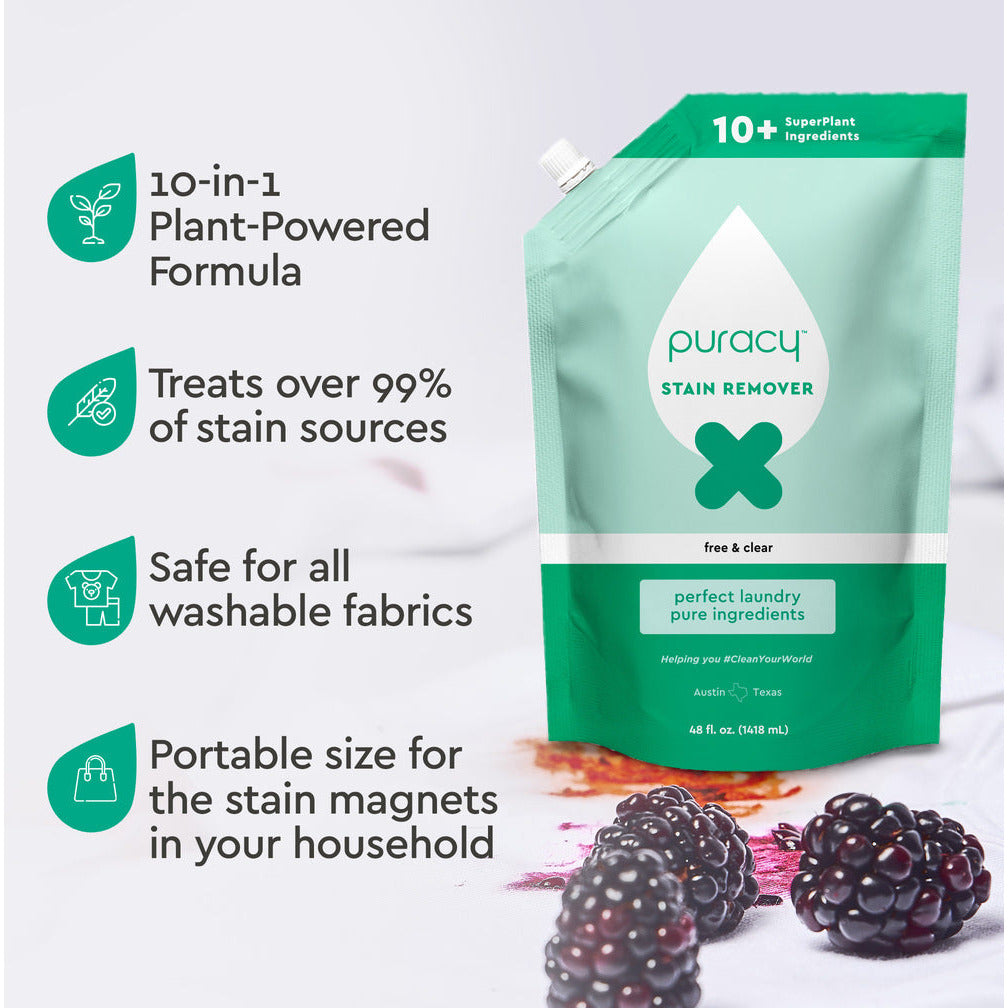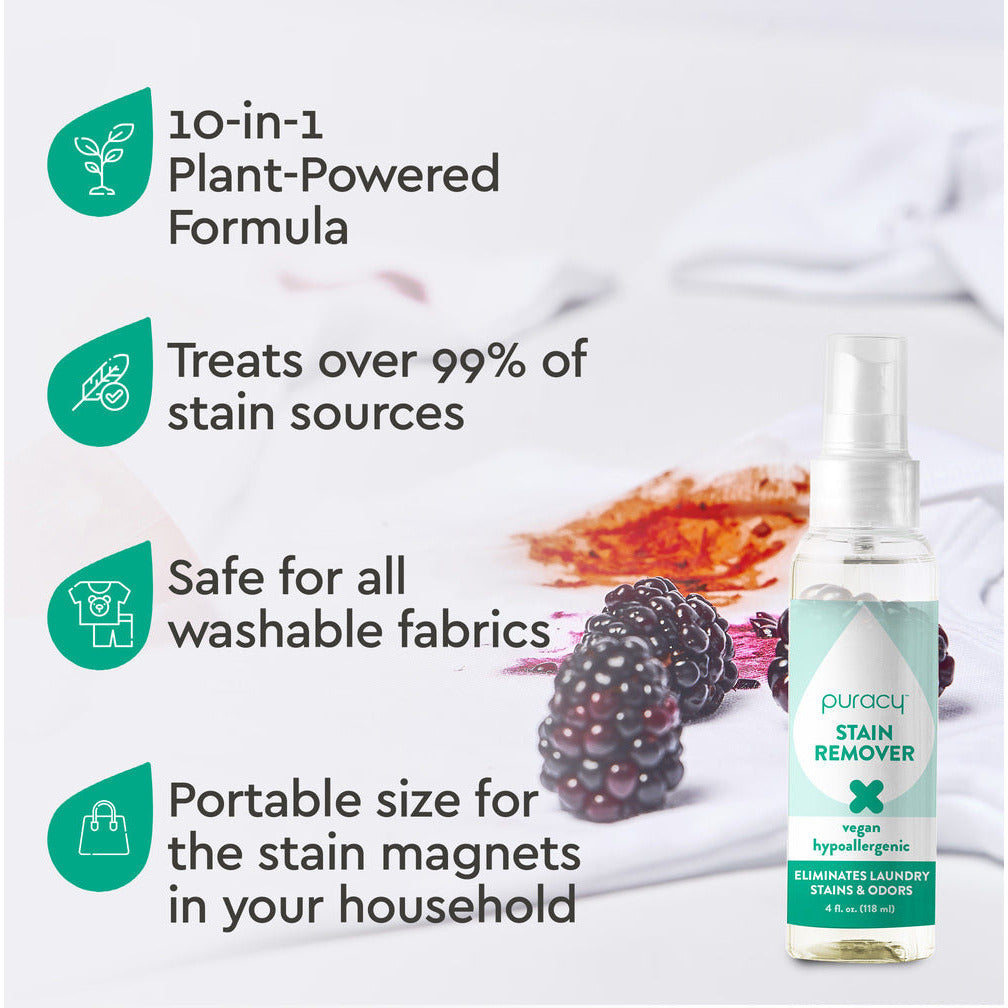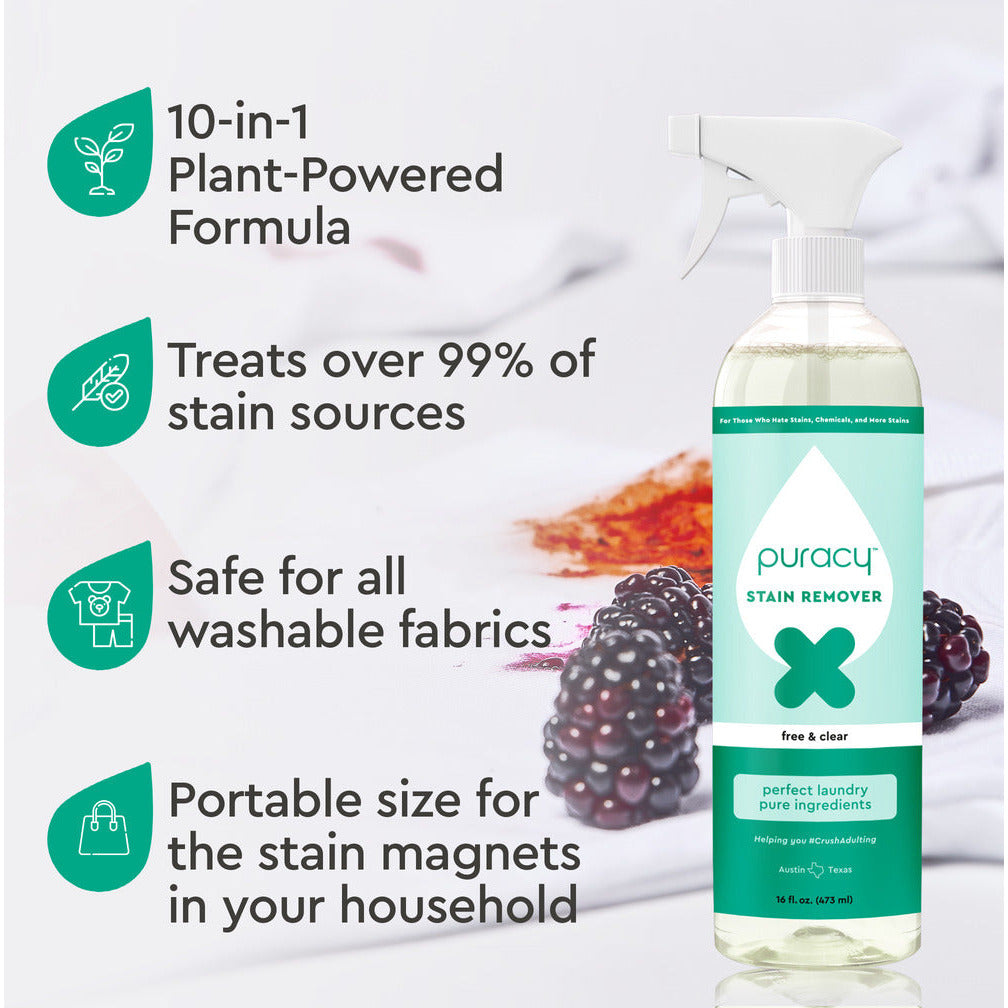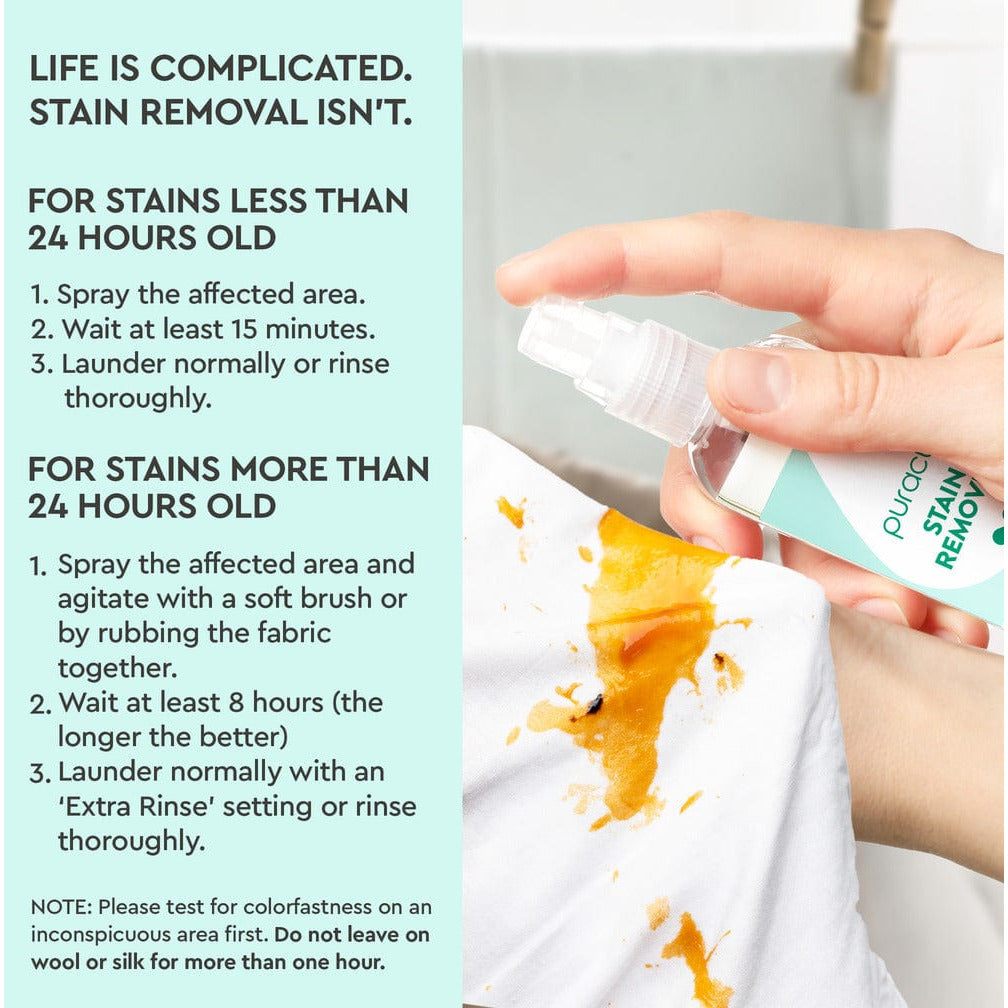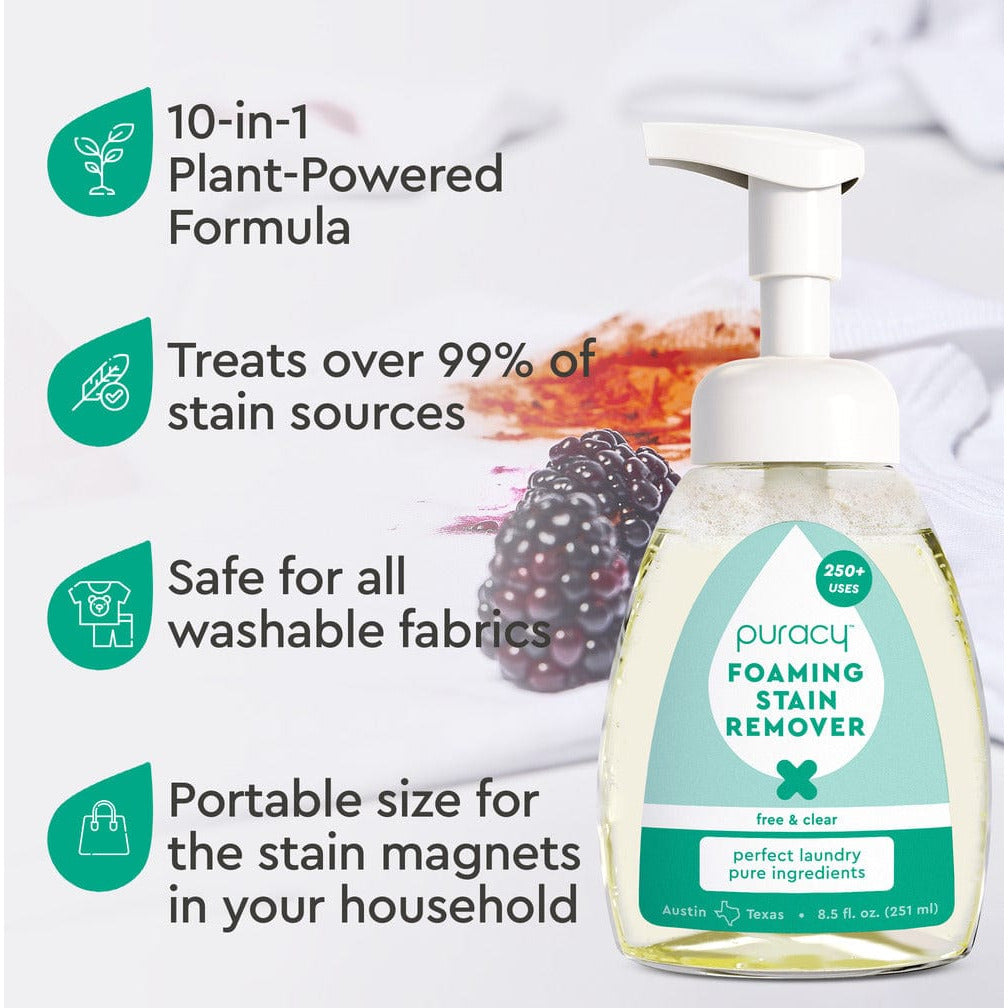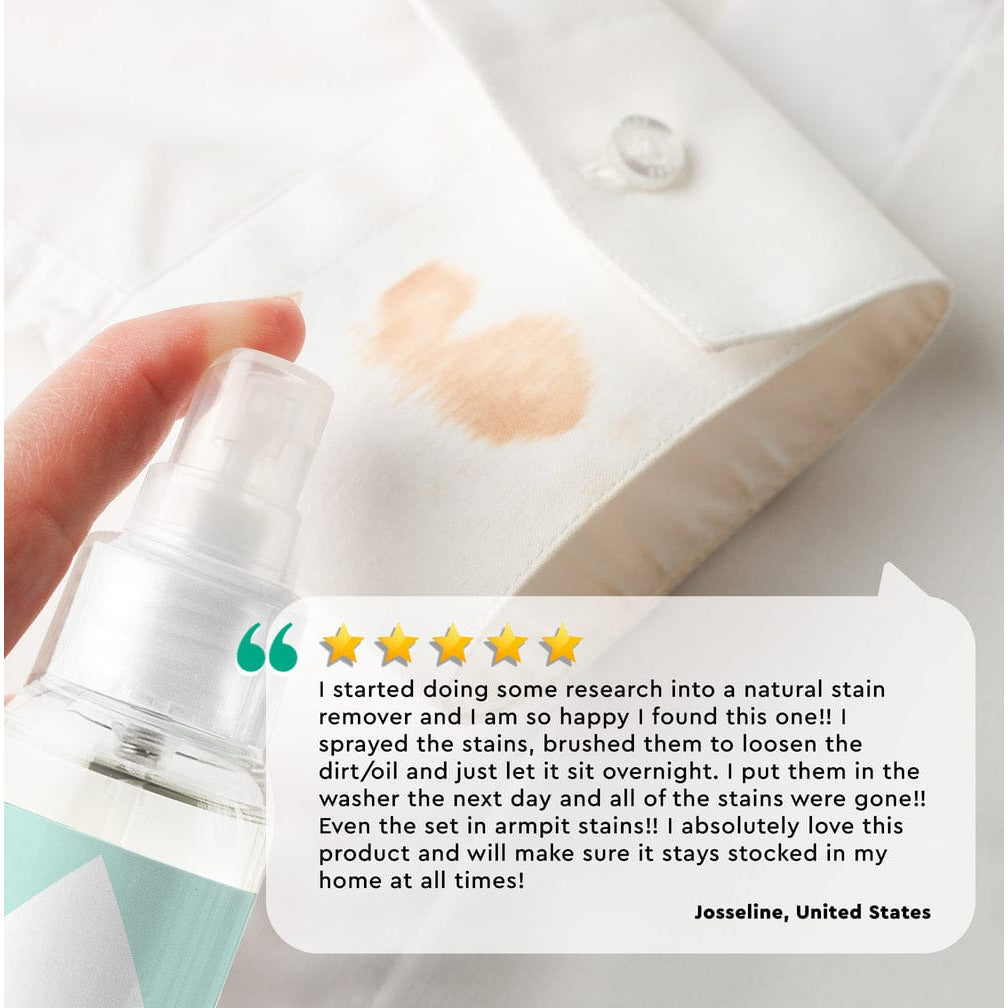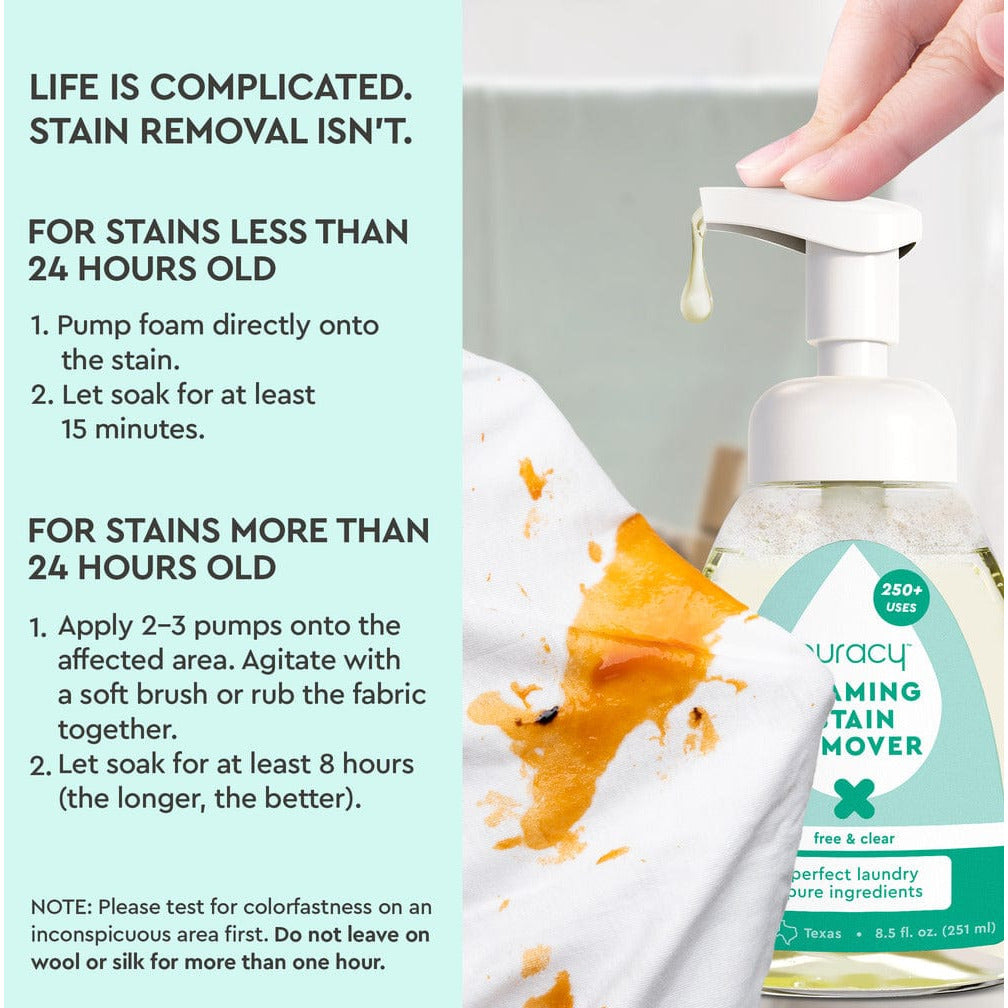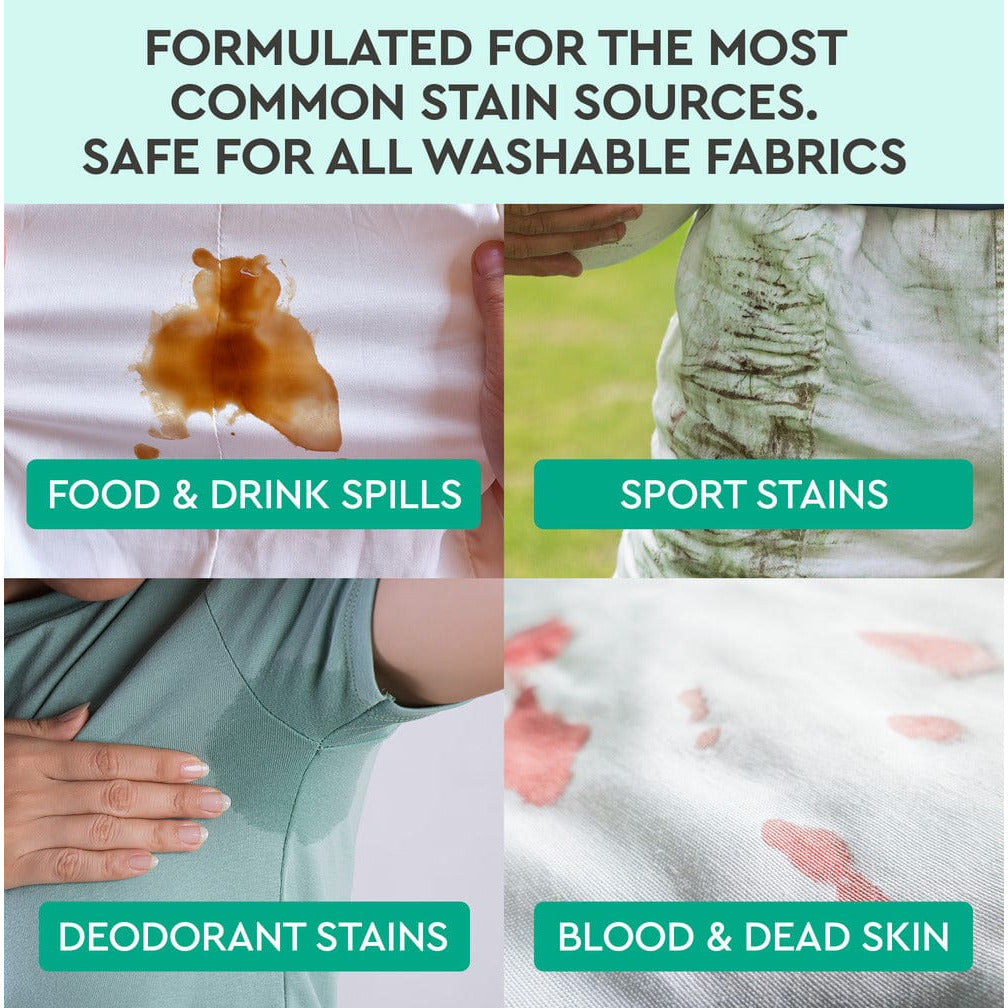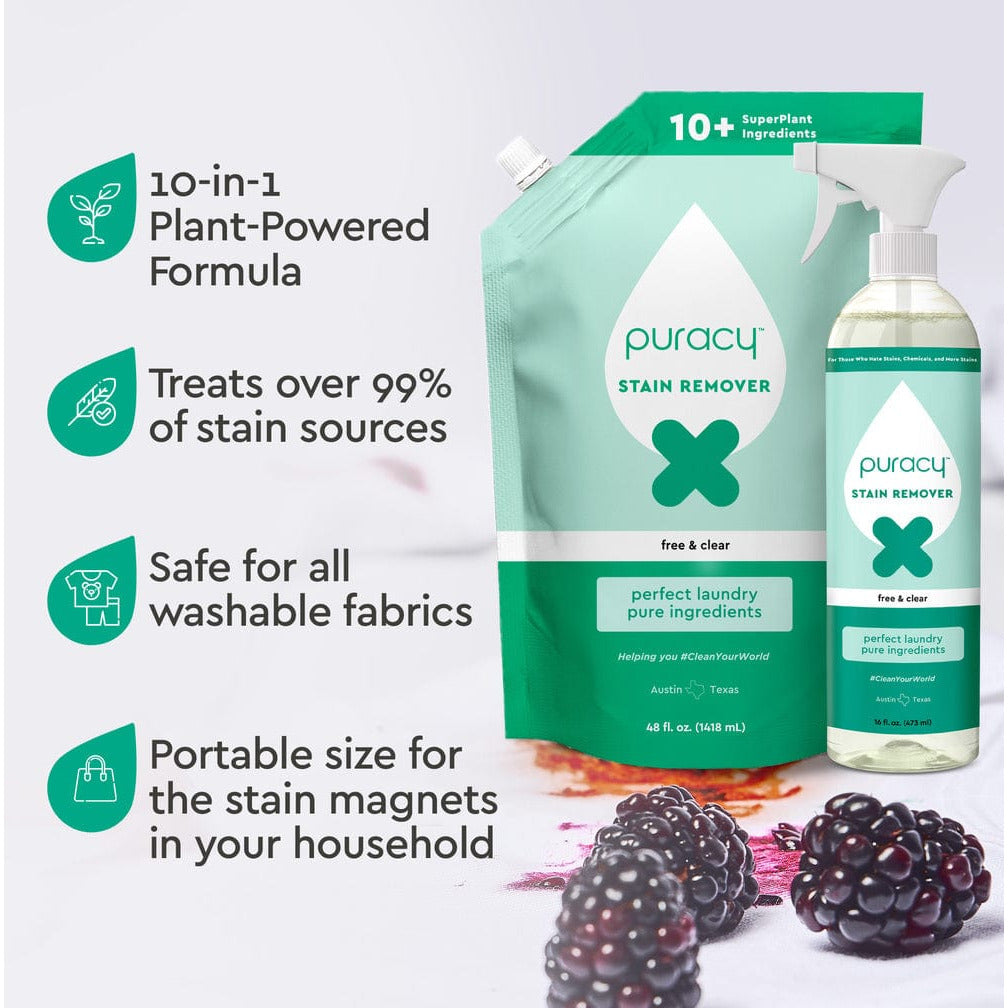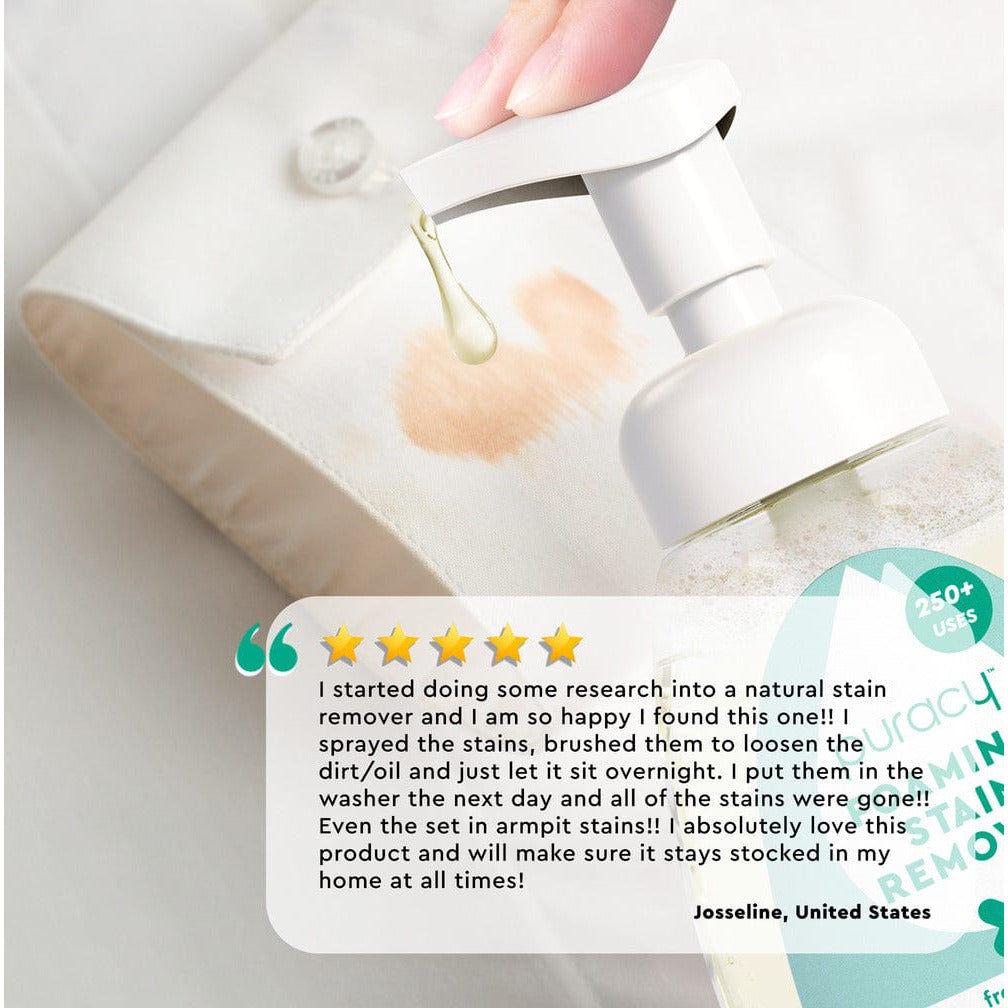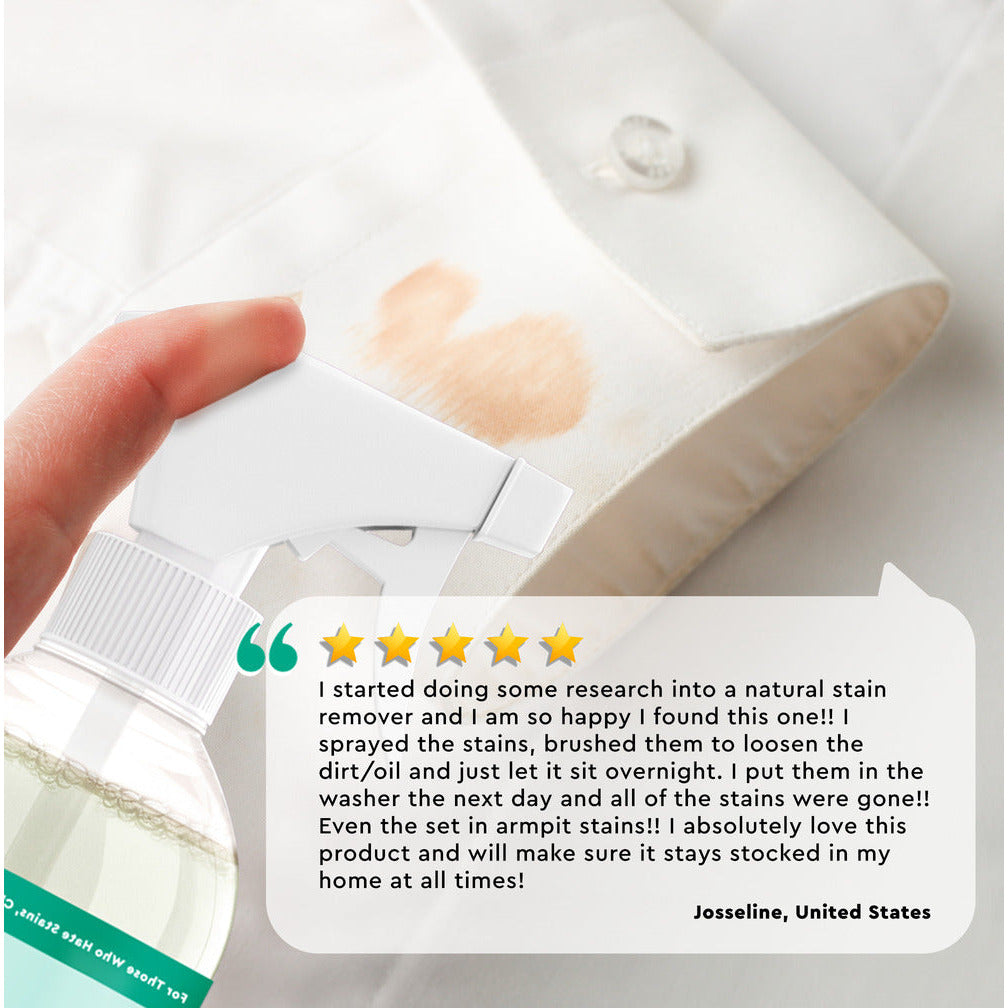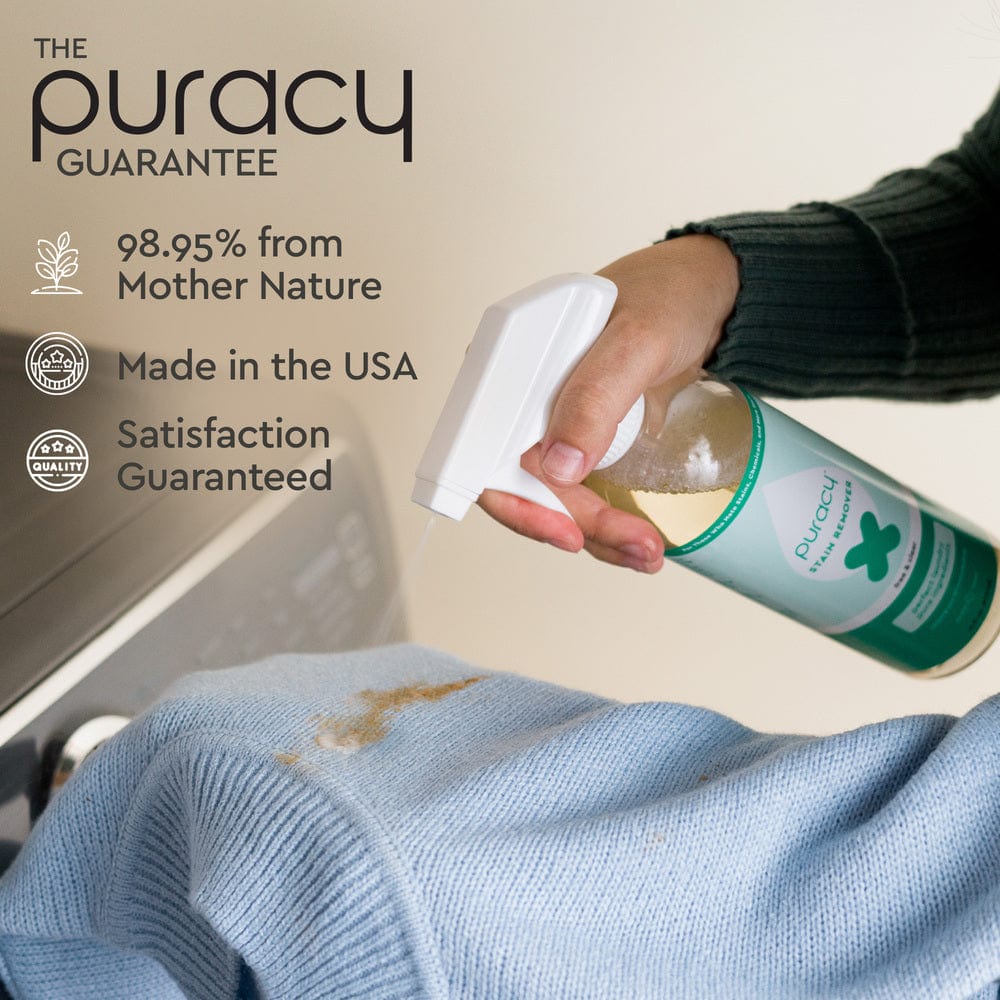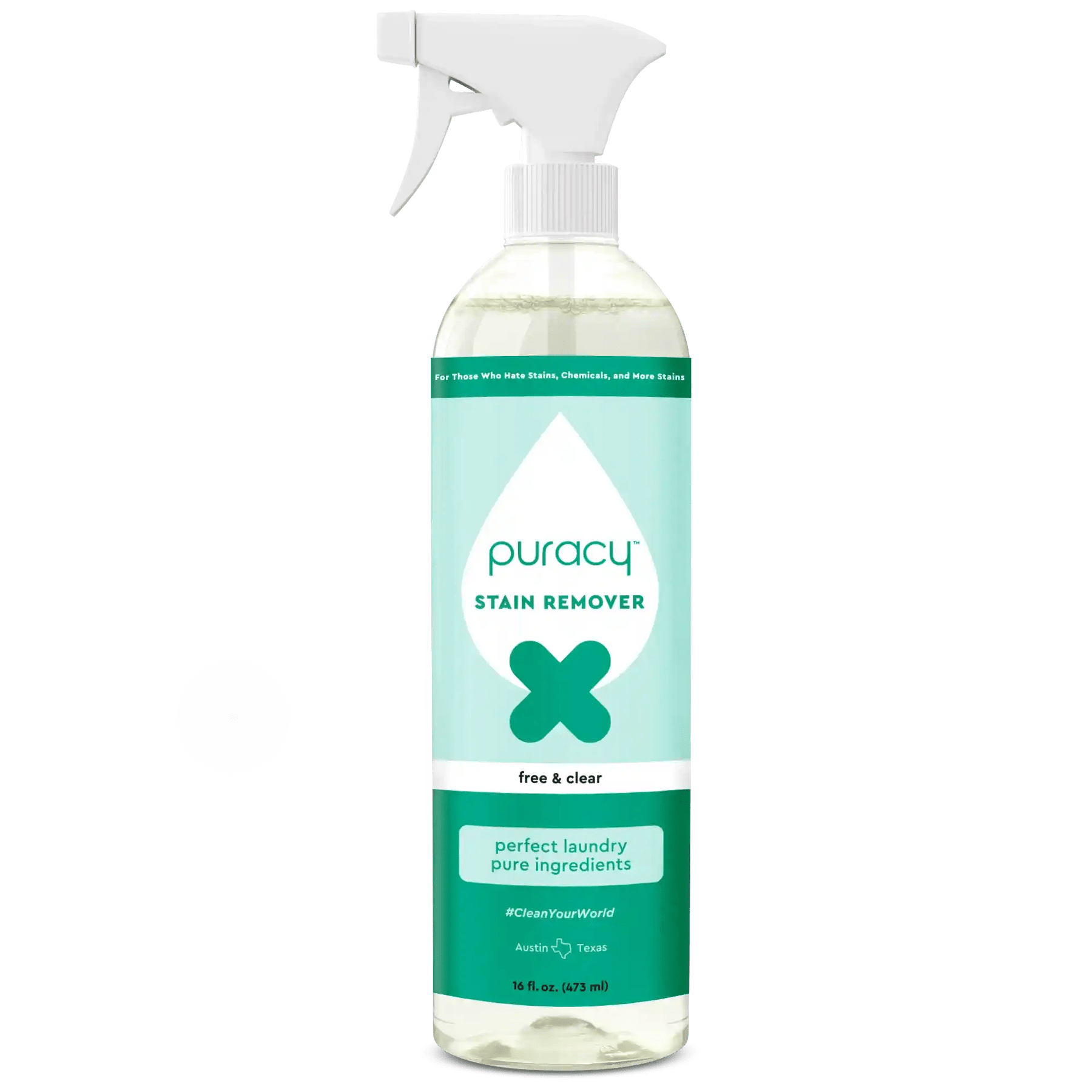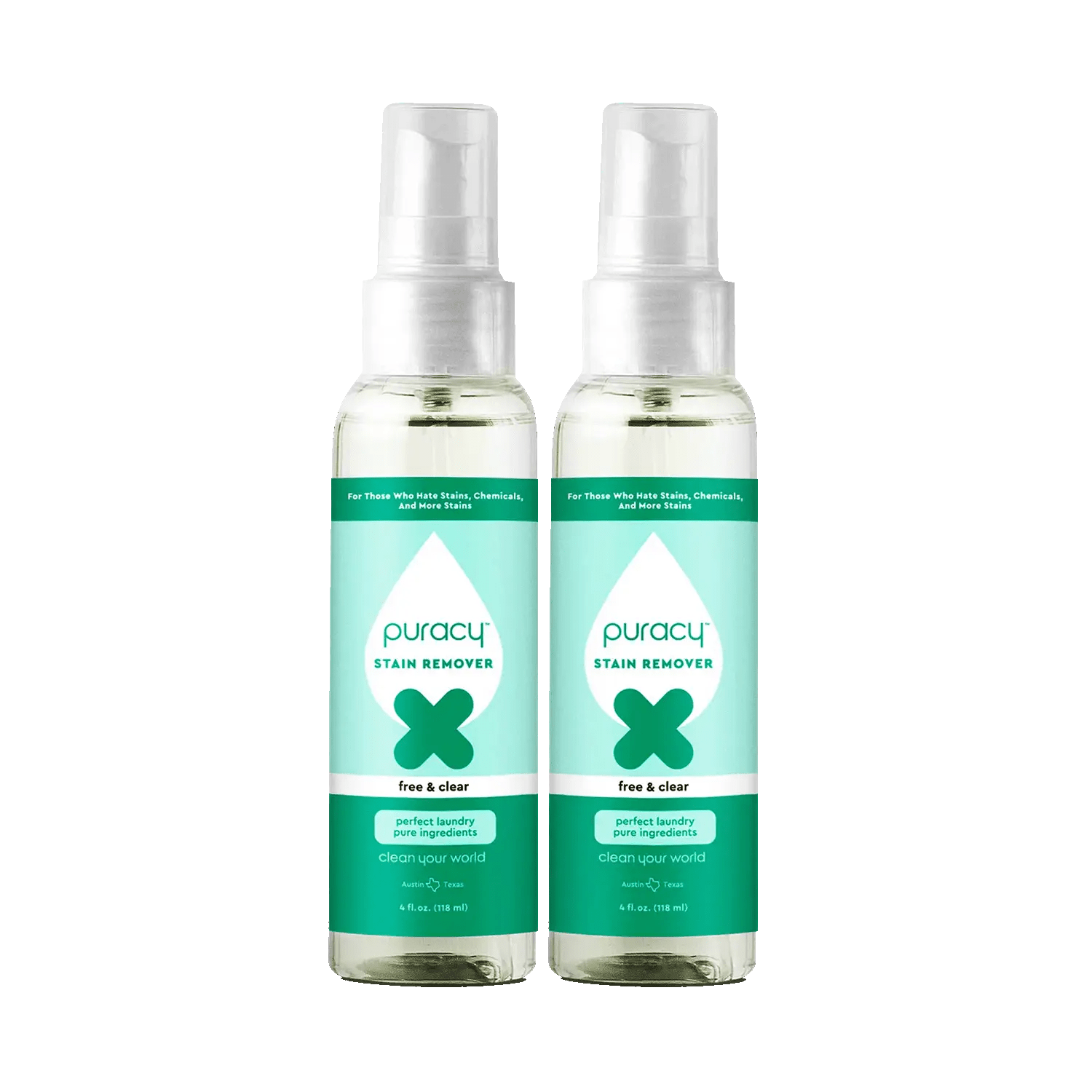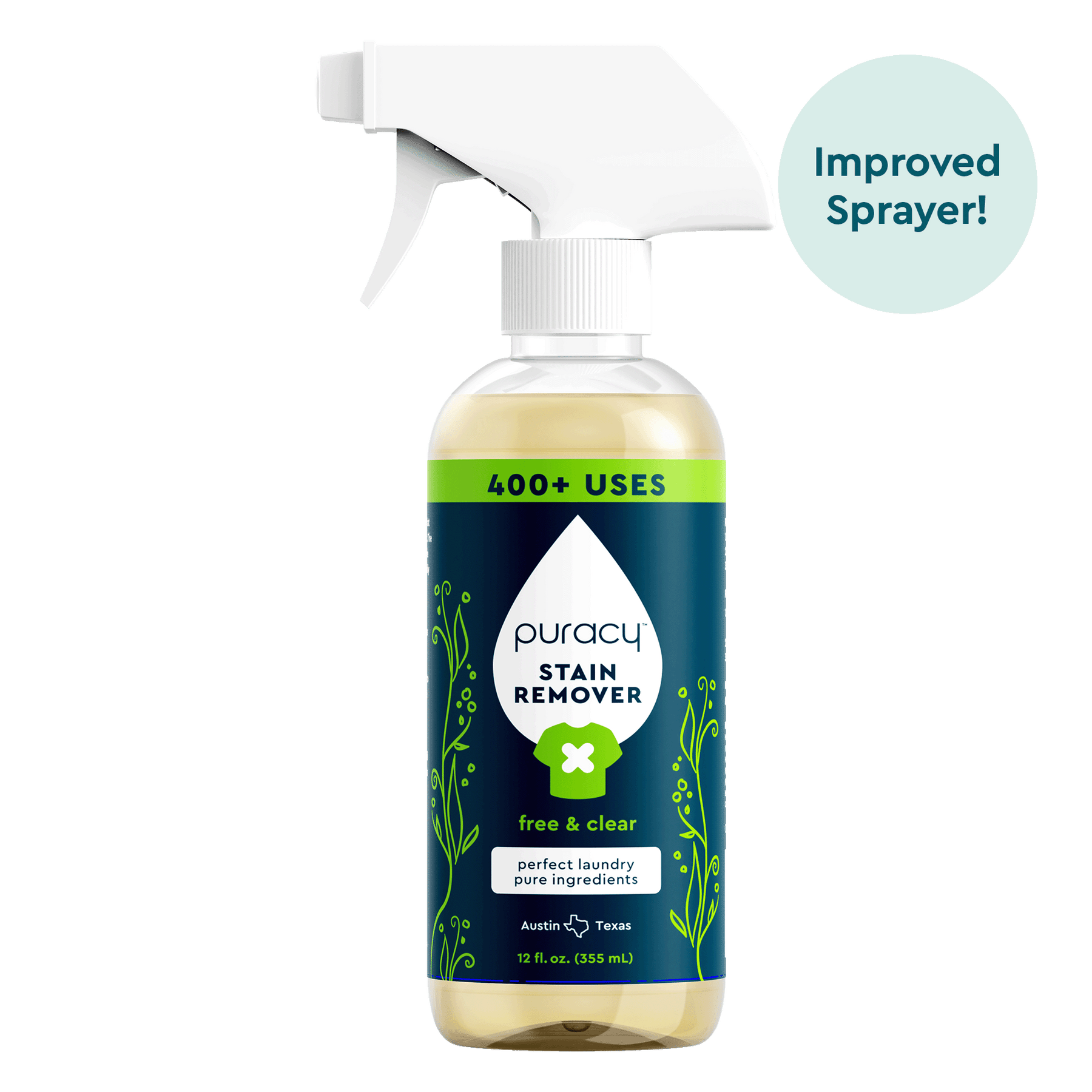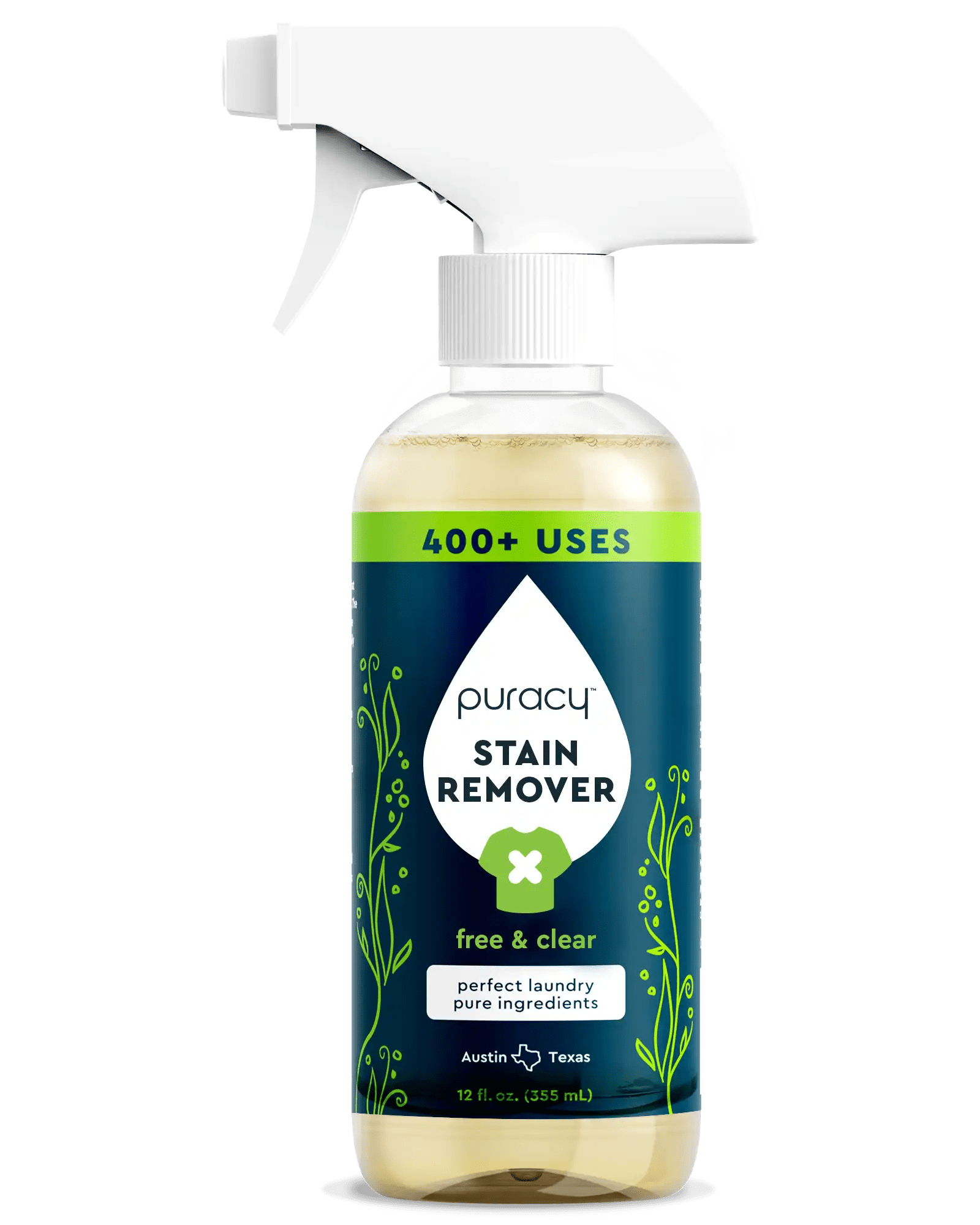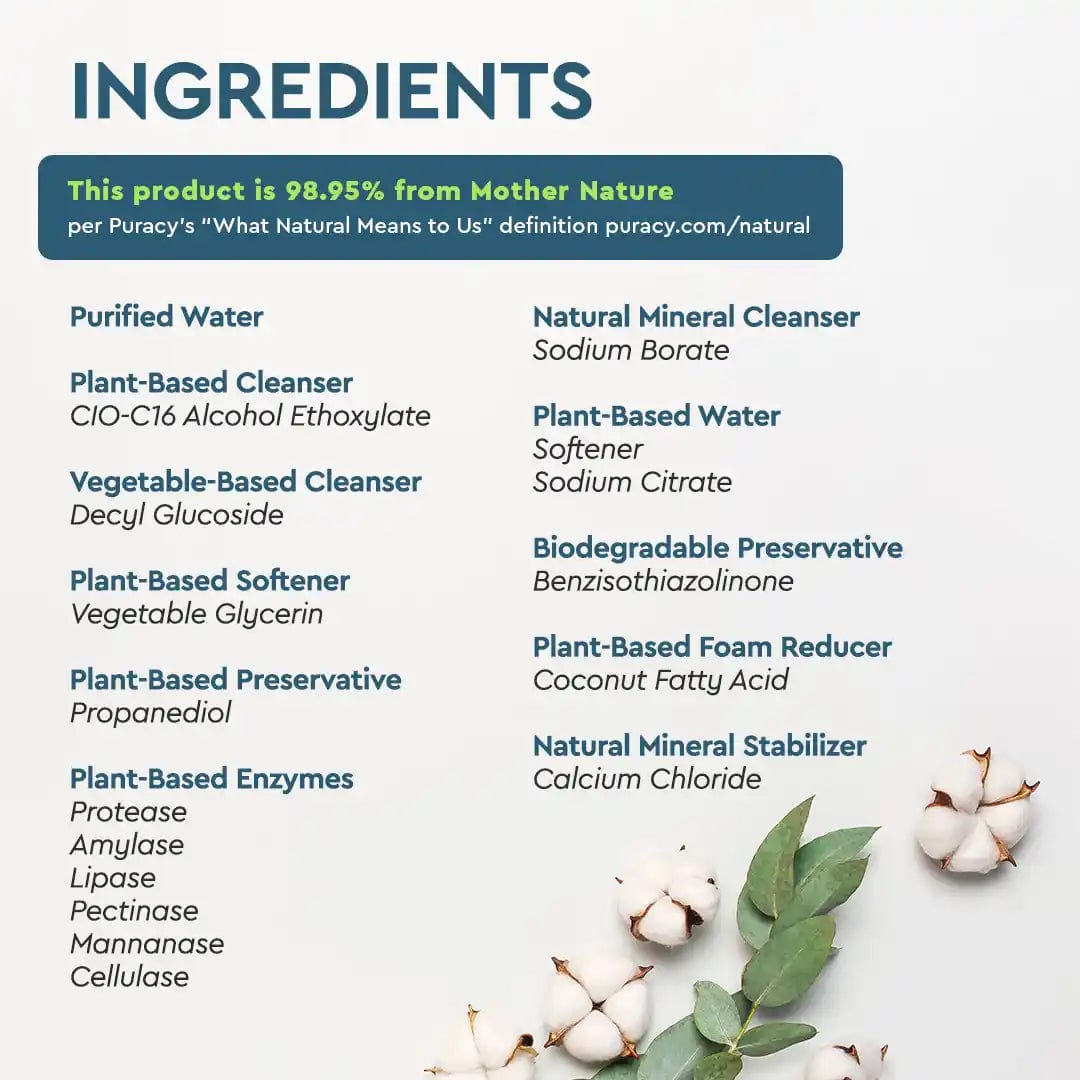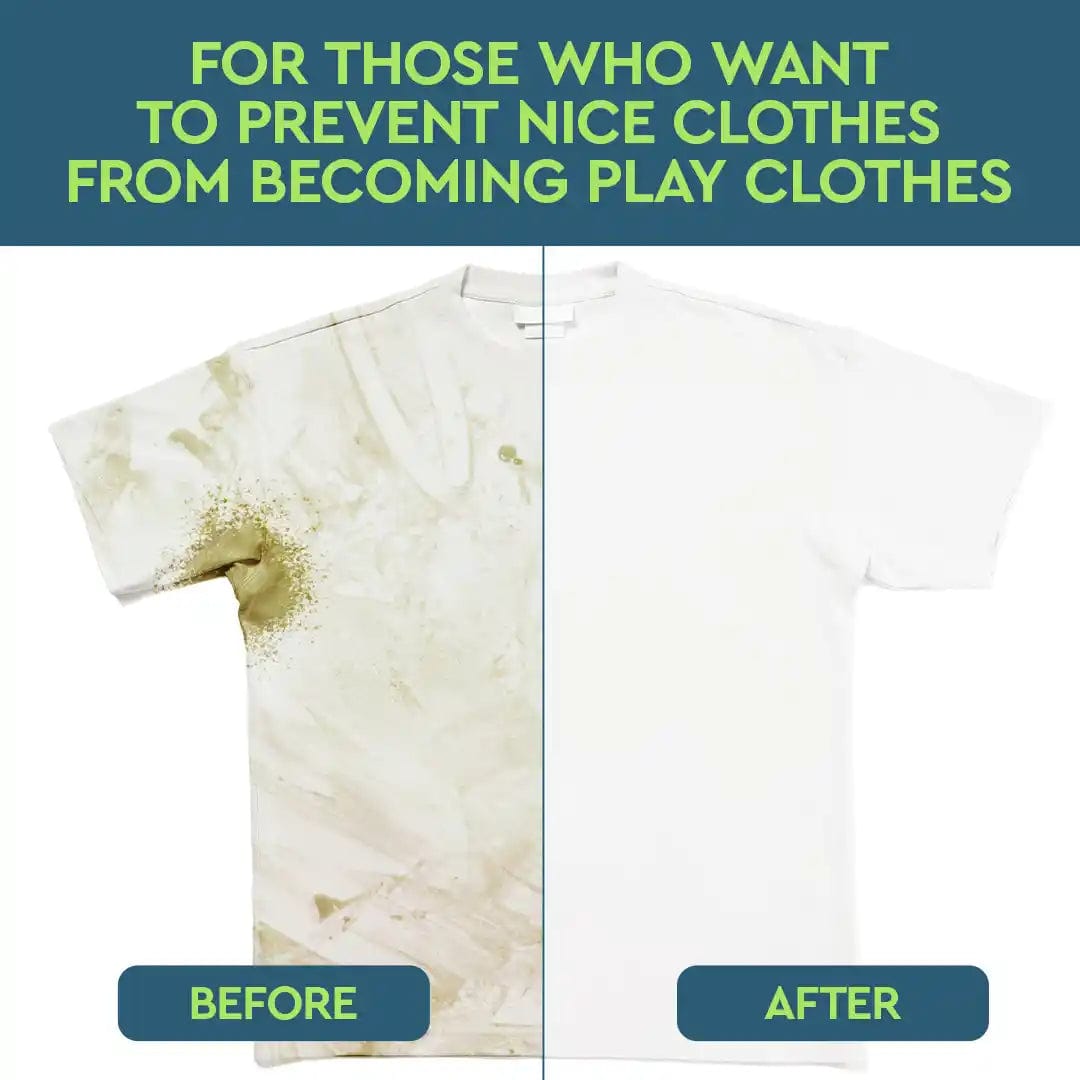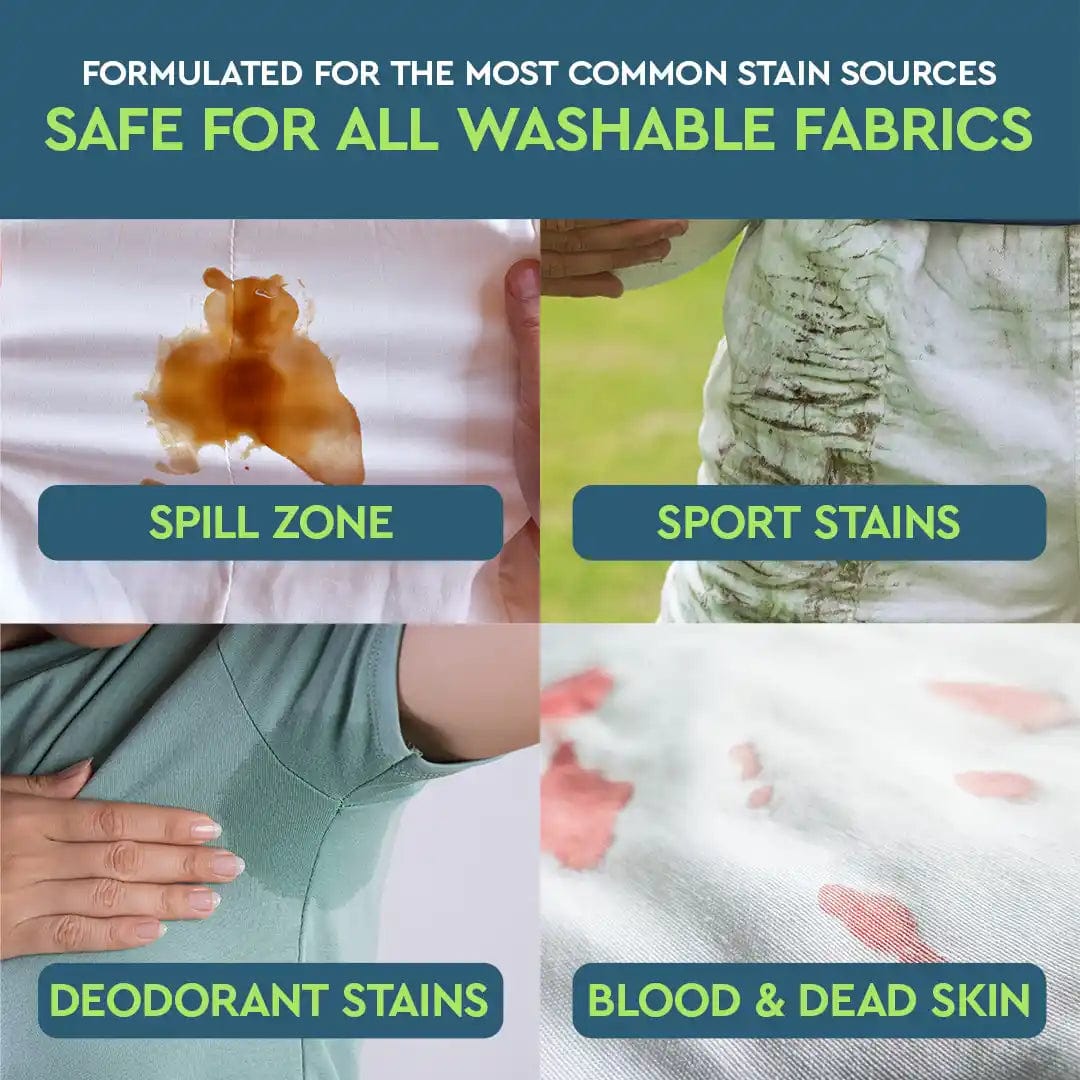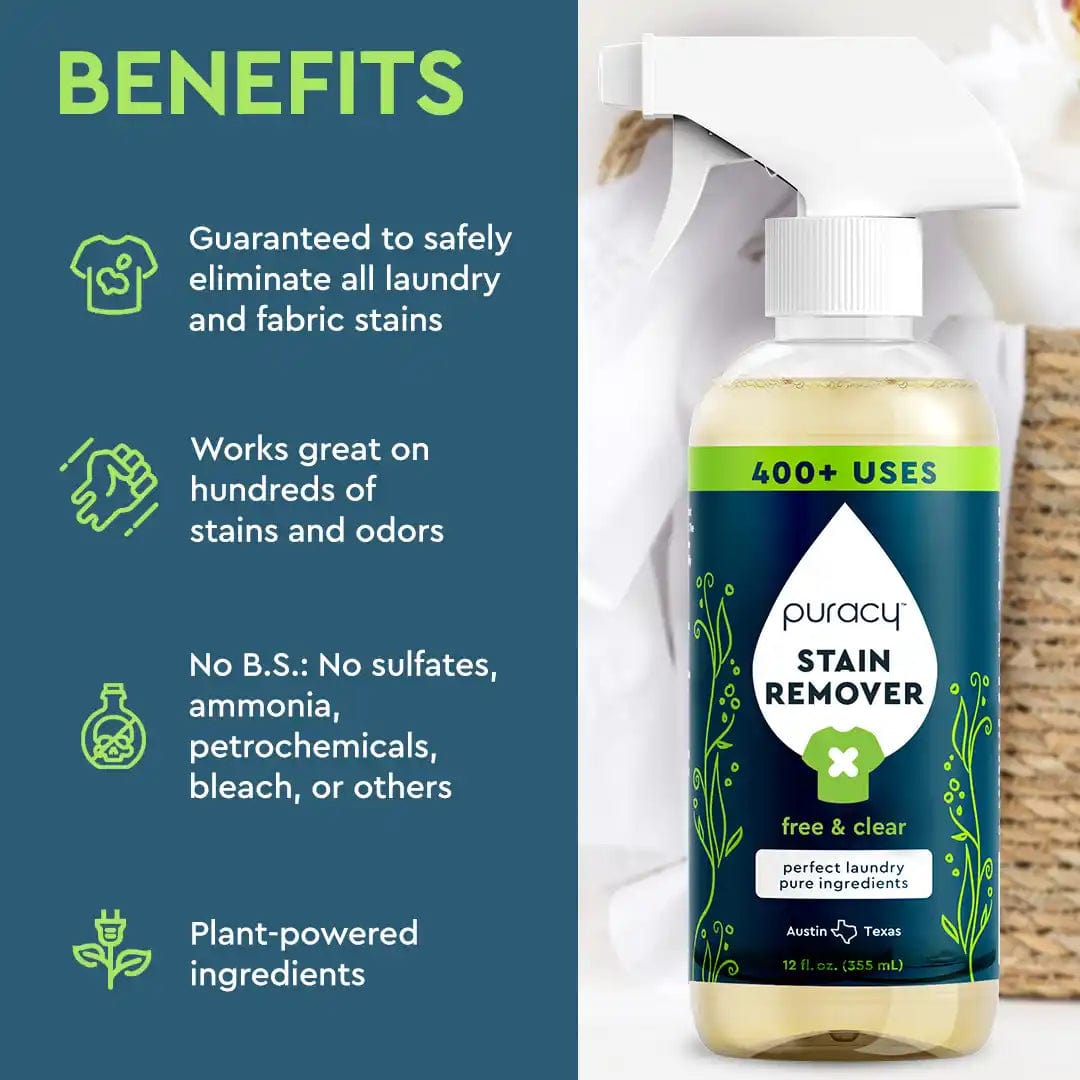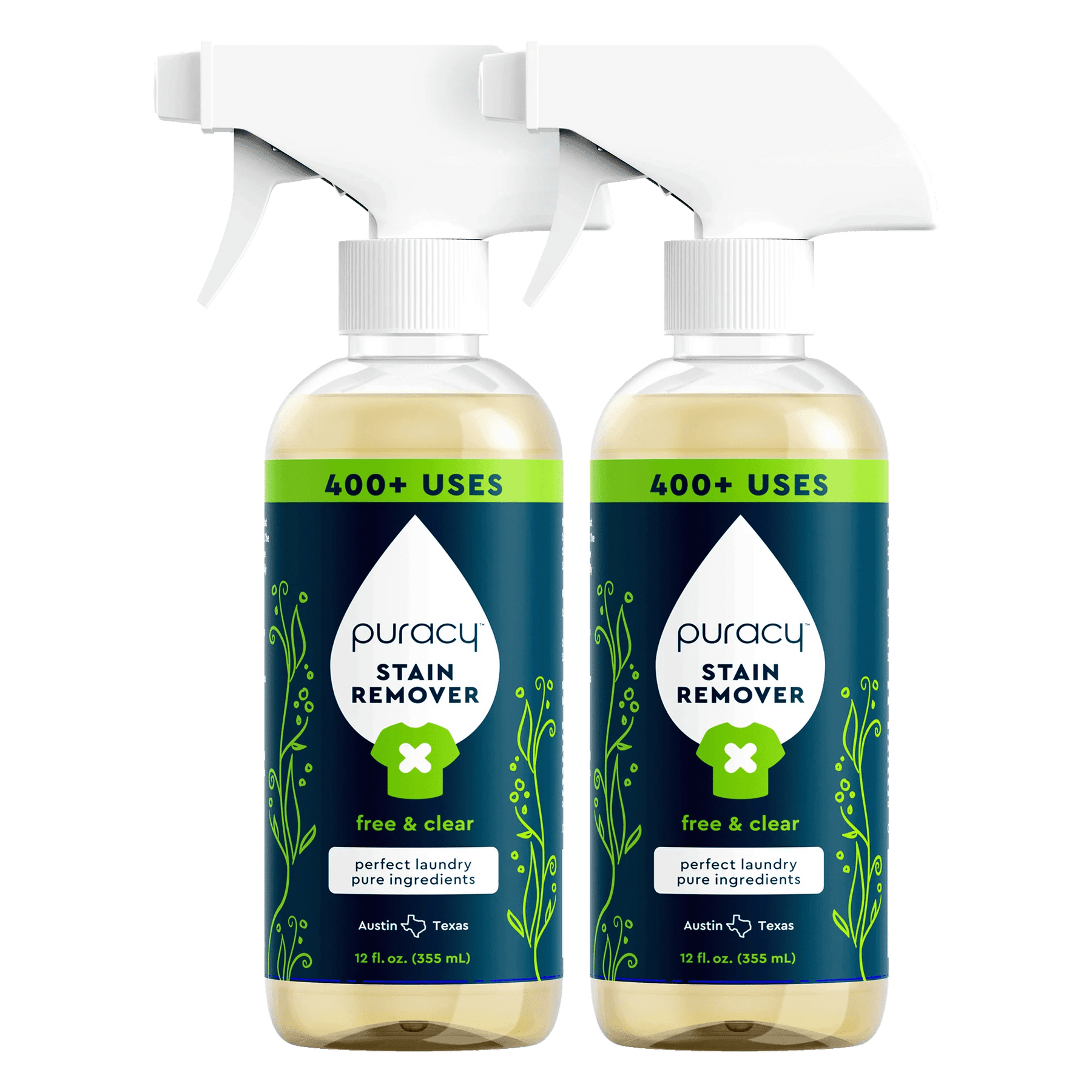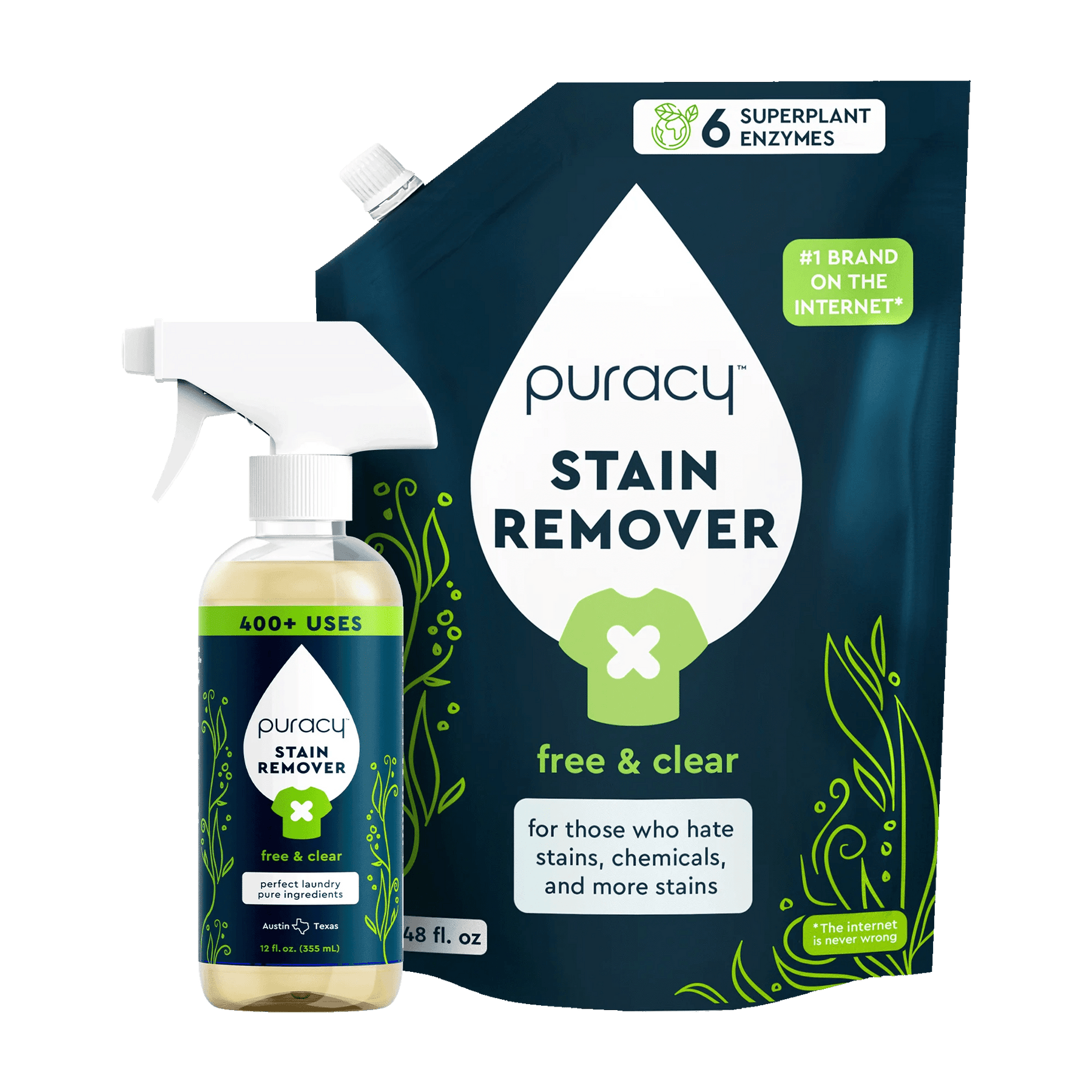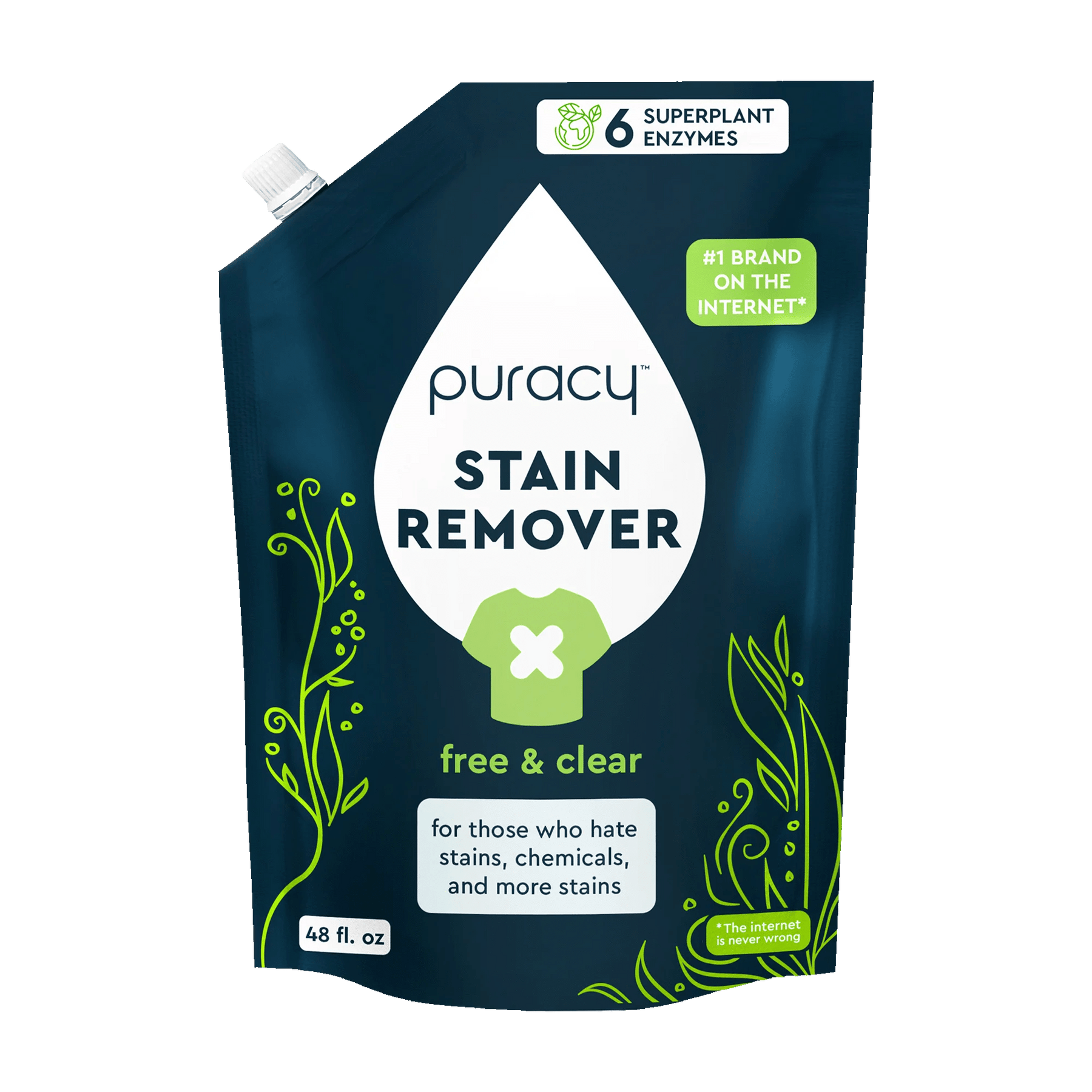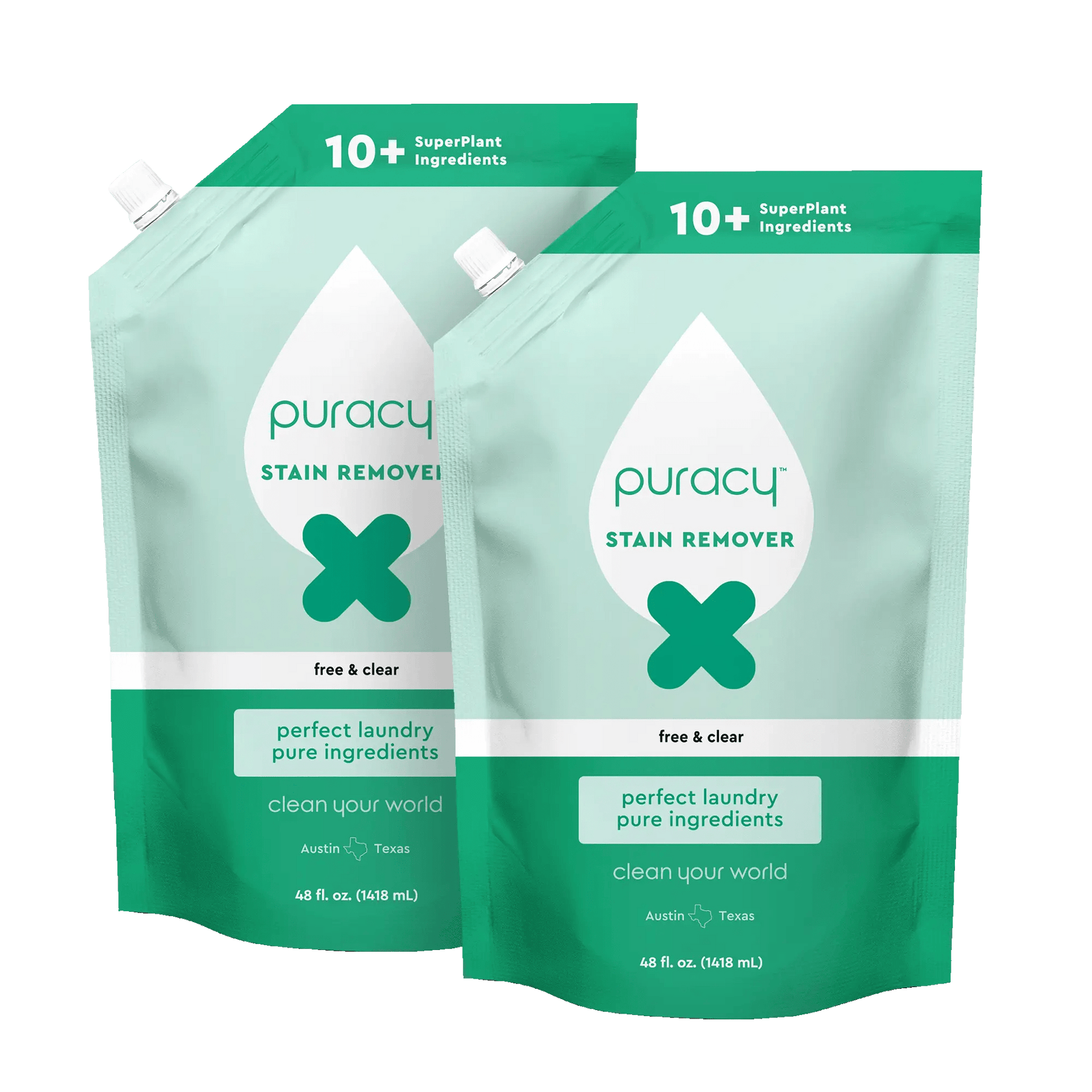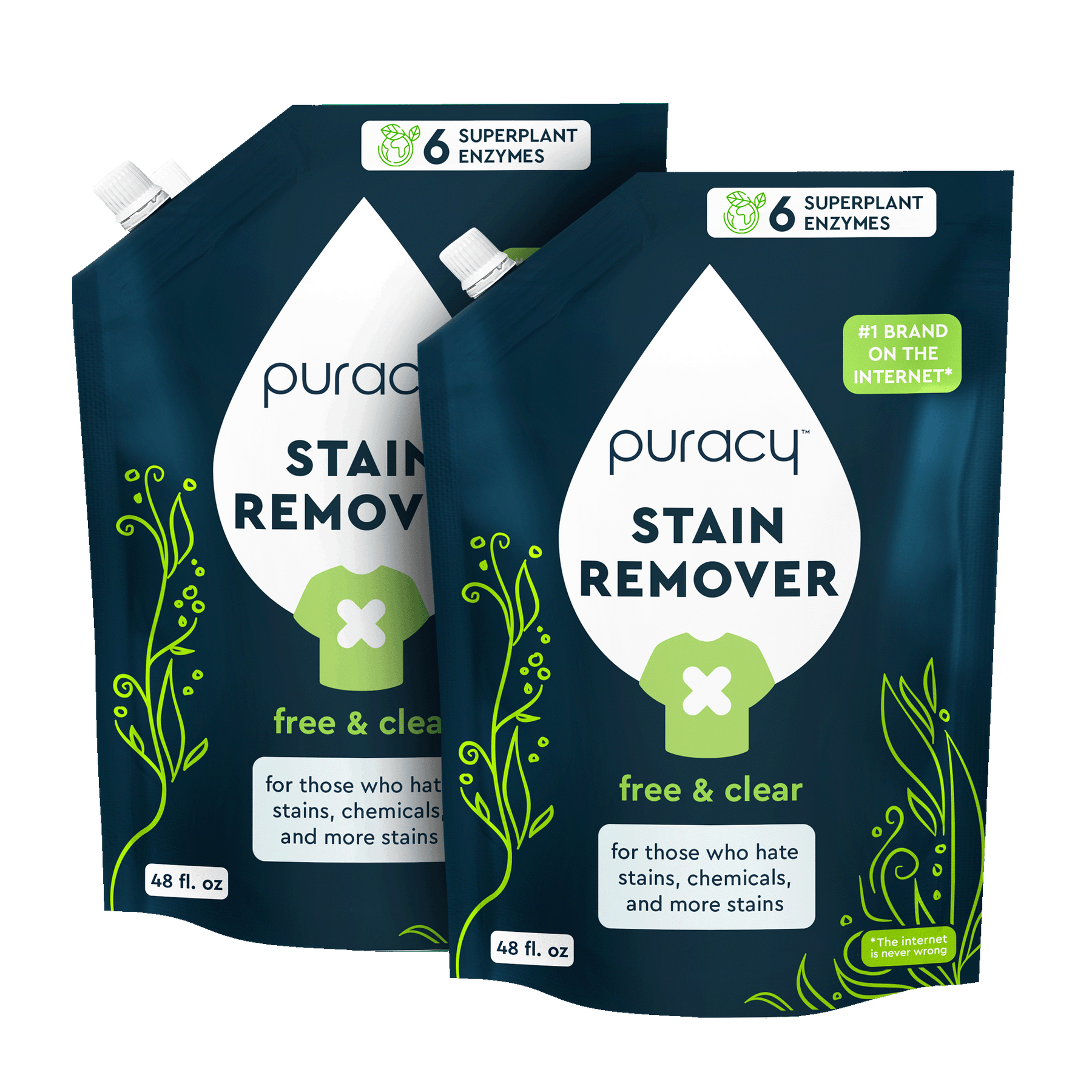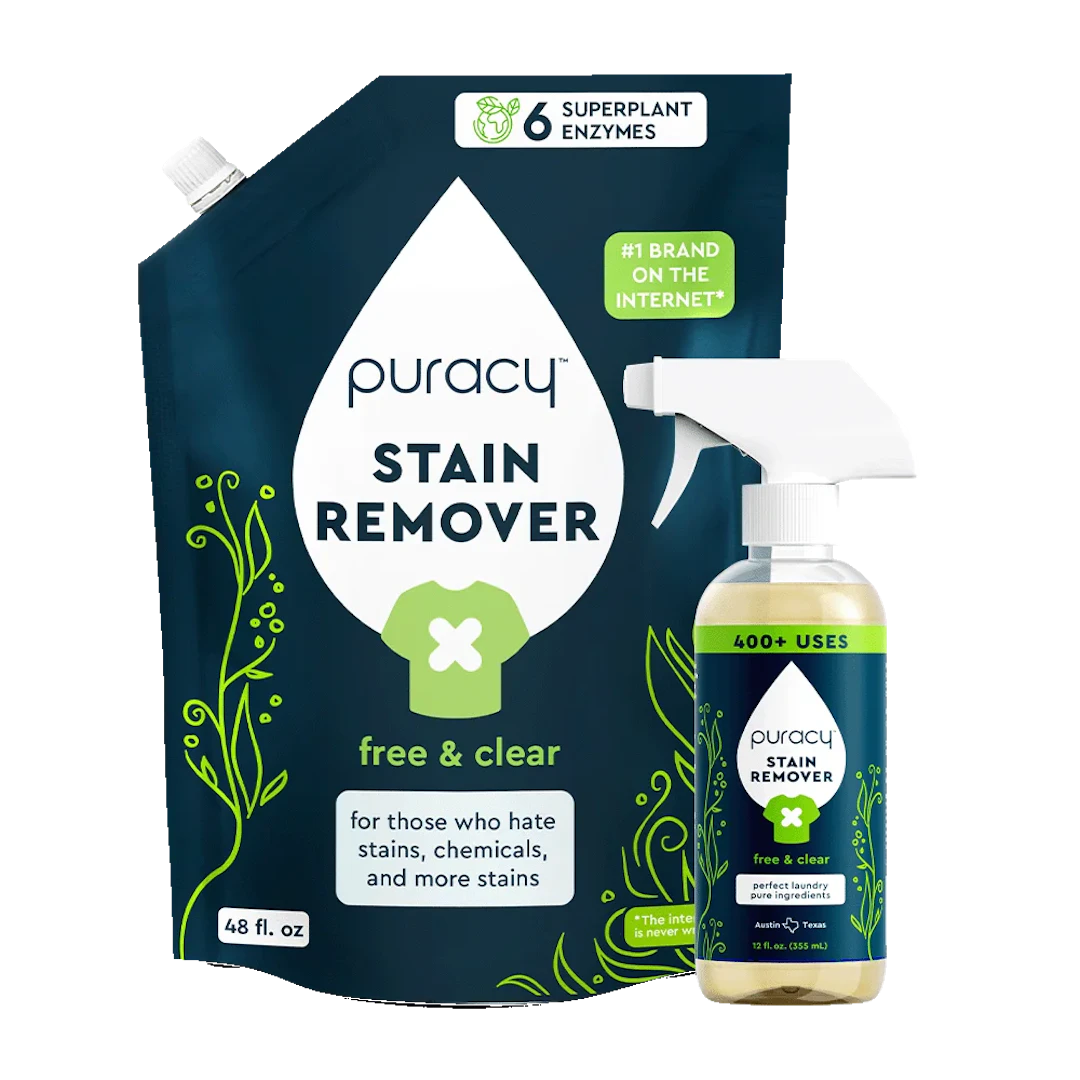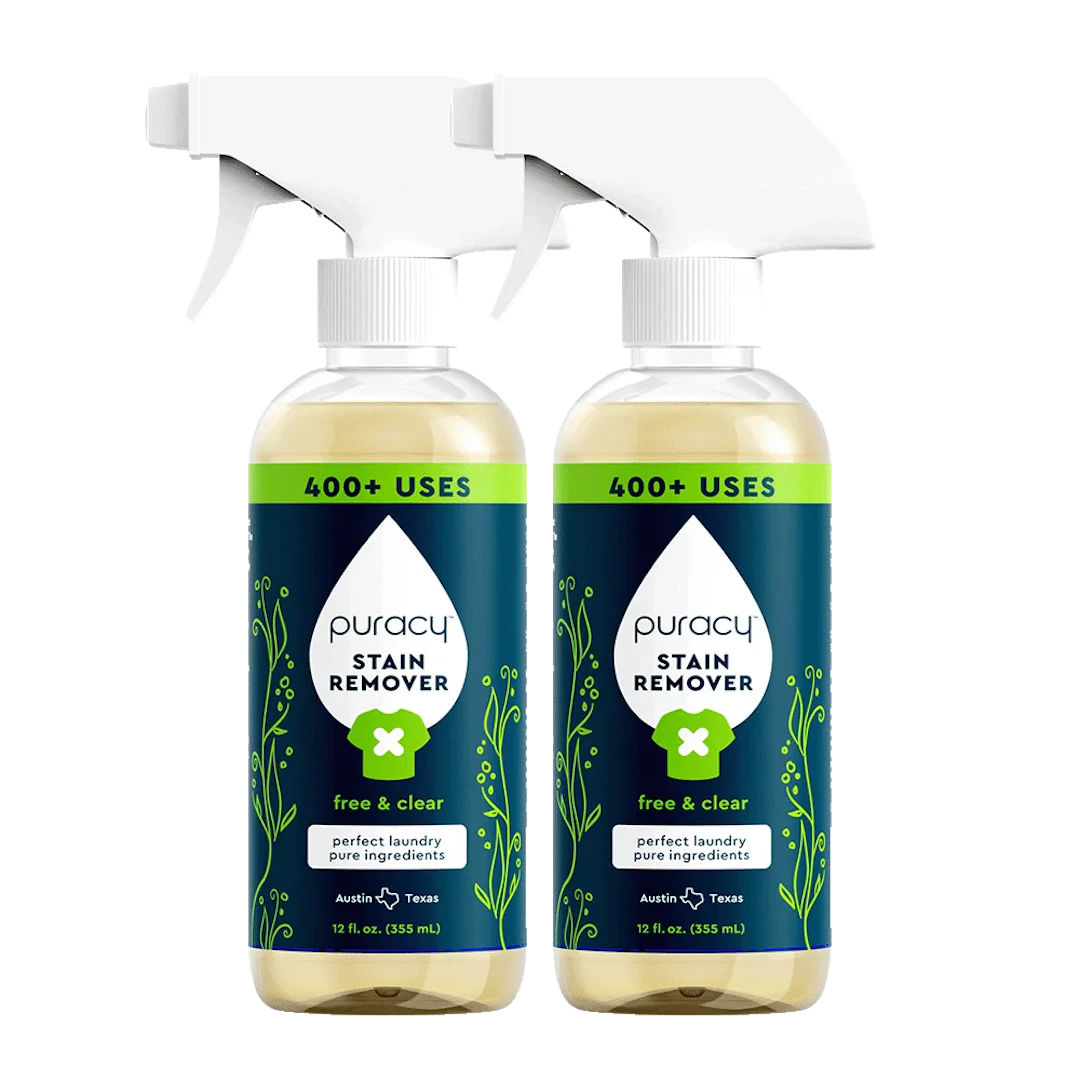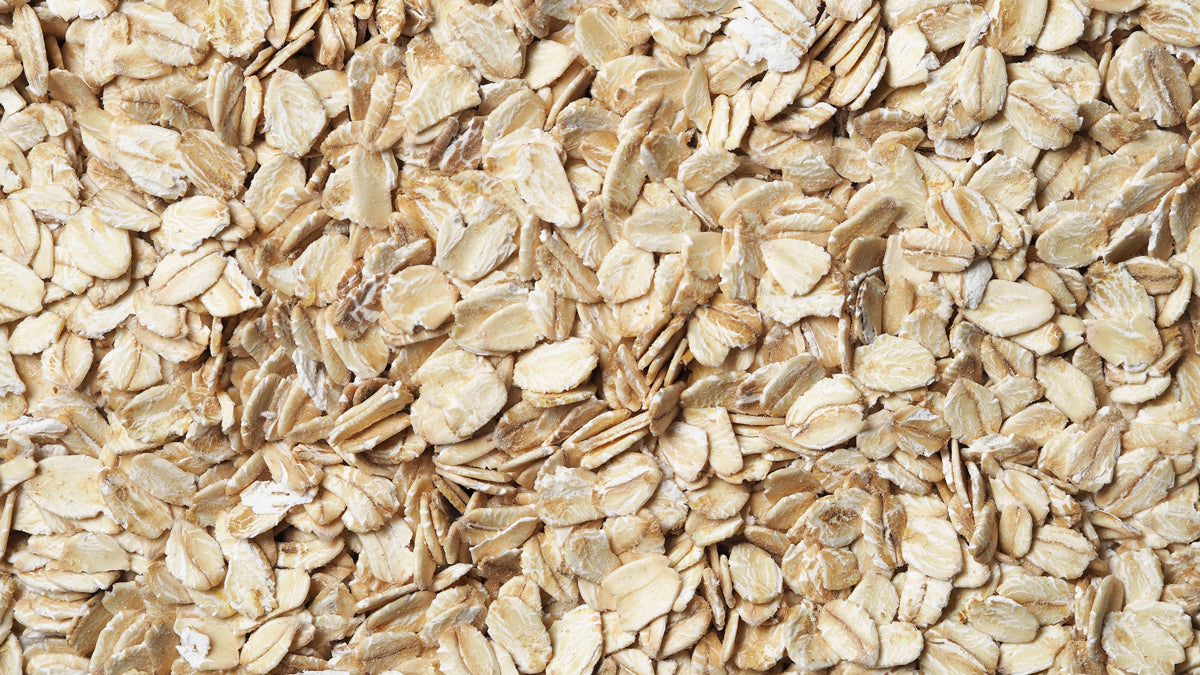- Derived from: artichokes
- Pronunciation: (\ˈsel-yə-ˌlās, -ˌlāz\)
- Type: Naturally-derived
What Is Cellulase?
Cellulase is a naturally occurring enzyme that breaks down cellulose (the main element in plant cell walls and vegetable fibers). It's also what gives wood its strength.
What Does Cellulase Do?
The cellulase enzyme is commonly used in biofuel, textile, paper, brewing, farming, and food industries – and there are constantly new developments that utilize this enzyme.
Because it helps reduce pilling and greying of fabrics containing soil, cellulase is also a common additive in laundry detergents and cleaners.[3]
Where Is the Cellulase Enzyme Found?
Cellulase is a cost-effective and highly-renewable biological resource [2] that can be produced from a variety of bacteria, nearly all plants, fungi, and even animals.[1]
Note: Puracy is an entirely cruelty-free brand and sources its cellulase from artichokes.
Cellulase is produced inside fungal cells and then emitted outward.[2,4] Commercial production typically involves fermenting various microbes (like Trichoderma reesei and Aspergillus niger). After the fermentation is complete, the cells are separated from the fermentation broth, and the soluble enzyme is concentrated and sold.[2,4]
Why Puracy Uses Cellulase
Cellulase is used as a bleach alternative in our 99.96% Natural Stain Remover. This ingredient breaks down particles from plants, mud, and dust while also preventing fabric from fading.
Is Cellulase Safe?
Studies show cellulase is generally not irritating or sensitizing to the skin.[5,6]
Sources
[1] Frostburg State University
[2] Zhang, X., Zhang, Y. "Cellulases: Characteristics, Sources, Production, and Applications."
[3] US National Library of Medicine
[4] Schell, D., et al. "Whole Broth Cellulase Production for Use in Simultaneous Saccharification and Fermentation." Applied Biochemistry and Biotechnology (1990) 24/25, 287-297
[5] Bannan, E.A., Griffith, J.F., Nusair, T.L. 1992. "Skin testing of laundered fabrics in the dermal safety assessment of enzyme containing detergents." Journal of Toxicology—Cutaneous and Ocular Toxicology 11 (4): 327–339.
[6] Rodriguez, C., Calvin, G., Lally, C., and LaChapelle, J.M. 1994. "Skin effects associated with wearing fabrics washed with commercial laundry detergents." Journal of Toxicology—Cutaneous & Ocular Toxicology 13(1): 39–45.

